Table of Contents
Introduction
It’s not new that the luxury radiating purple stone also radiates energies that can bring your life back on track! The mystical purple radiance of amethyst crystal has illuminated spiritual practices across civilizations for over 5,000 years, making it one of history's most revered gemstones. From ancient Egyptian tombs to modern meditation rooms, this royal stone has proudly continued to hold profound spiritual significance.
In this article, let’s discuss what hands the amethysts have been passed down from through centuries.
Christian Traditions
The sacred journey of Amethyst in Christianity began in biblical era, where it was graciously placed on the breastplate of Aaron (High Priest) as one of the twelve precious stones, representing the tribe of Dan. The Catholic Churches embraced amethyst in religion as a symbol of piety and divine authority, with the bishops wearing amethyst rings to symbolize their spiritual wisdom & dedication to the church.
The Phoenician Legacy
In ancient Phoenicia, the creation of the Tyrian purple, an imperial dye, revolutionized the concept of royal colors. This precious dye was extracted from Murex sea snails and it required approximately 10,000 mollusks to produce a single gram of purple dye. The process was labor-intensive, which made the color extremely rare and valuable, establishing purple as the ultimate symbol of wealth and power.

Imperial Purple
The Roman Empire established the royal status of purple with its laws that restricted its use to emperors and higher officials. Wearing of purple without authorization meant very harsh punishment, even death (crazy, I know, right?).
This tradition was continued by the Byzantine Empire, which ascribed the title "born in the purple" (porphyrogenitus) to legitimate heirs to the throne- those born to parents already on the throne-in contrast to other contenders.
Sacred and Royal Heritage
During the medieval and Renaissance times, purple remained in its royalty era, worn by authorities of the land and church alike. Popular royal figures, from Henry VIII to Louis XIV, used purple to enforce their claim to political dominion, while the Catholic Church integrated purple in ceremonial vestments as an indication of connection between earthlings & the almighty.
Curious about Amethyst’s royal reputation? Learn why Amethyst is known as the Royal Stone.
Ancient Roman Beliefs
The Romans used to bestow various powers upon amethyst. Military commanders carried them to stimulate protection and strategic thinking, while married women wore the amethyst gemstone for the harmony of their marriage. Merchants thought it would provide good business sense, for amethysts also supposedly bring prosperity into one's life.

Buddhist Practices
The Tibetan Buddhist tradition has an excellent meaning for amethyst stone, giving it recognition as a sacred stone for meditation and spiritual advancement, as it is supposed to help deepen meditation. Amethyst in Buddhism is often used in the creation of prayer beads, known as malas, which traditionally speak of 108 beads, together with one special guru bead indicating their relation to the student and teacher.

Cultural Symbolism
Protection and Power
- Several Native American tribes traditionally used amethyst gemstone in healing rituals, considering it a powerful protective stone, often employed to promote spiritual clarity, inner peace, and to connect with the spirit realm during ceremonies; with specific tribes like the Zuni and Navajo incorporating it into their practices.
- Egyptian soldiers, 1000s of years before roman empire’s existence, also wore amethyst amulets in battle as well as was adorned by the elites in their jewelry. Ancient Egyptians also believed that wearing amethysts would help them in their afterlife.
- Chinese feng shui practices, a concept similar to the Indian concept of Vastu Shastra, use it to dispel negative energy, enhance spiritual awareness, create calming environments & promote wealth especially when placed in the southeast corner.

Amethyst Feng-shui tree for Peace & Tranquility.
While both Feng Shui and Vastu Shastra aim to create harmonious living spaces by aligning with natural energies, the key difference lies in their origins, focus on architectural design versus object placement, and the specific elements they prioritize: Vastu Shastra is an ancient Indian system primarily focused on the design and layout of a building itself, emphasizing the balance of natural elements within the structure, while Feng Shui is a Chinese practice that focuses more on the placement of objects within a space to influence the flow of positive energy, taking into account seasonal changes and the five elements (wood, fire, earth, metal, water) in a more flexible way.
Read Gemstone 101: Amethyst to uncover the origins, healing powers, and everyday uses of this popular crystal.
Healing and Transformation
Different cultures attribute various healing properties:
-
The Persian culture viewed amethyst gemstone as a powerful protective stone that guards against evil thoughts and negative energies.
Ancient Persian healers believed the stone could dissipate negative thought patterns, enhance mental clarity and wisdom, protect against psychic attacks & promote pure thoughts and spiritual growth.
-
The Greeks' relationship with amethyst was deeply rooted in sobriety and mental clarity. Amethyst comes from the word "amethystos" which literally means "not intoxicated" in Ancient Greek.
The legend goes like this - Dionysus (god of wine), raged by the insult of a human ordered his tigers to kill any human that comes by.
Amethyst, a young maiden was on her way to worship the goddess Diana and to save Amethyst from Dionysus’ wrath, Diana turned Amethyst into a pure white quartz statue. Upon realisation of his mistake, Dionysus cried wine tears that felt on the statue, staining it reddish purple, from where the color of amethyst comes.
Hence dating back to 320 BC, Greeks believed wearing amethyst would prevent drunkenness. Wealthy Greeks would also drink from amethyst vessels to maintain sobriety.
-
In Celtic traditions, amethyst crystal was valued for its mystical and prophetic qualities.
Celtic seers used amethyst to enhance their prophetic visions, as they believed amethyst will strengthen their spiritual awareness and insight.
Known as the "stone of spirituality," amethyst was also used in spiritual rituals aimed at deepening wisdom.
-
Amethyst in Hinduism, since the Indian Ayurvedic tradition, was valued for its balancing properties. It has been used to calm the mind and reduce mental stress & promote emotional equilibrium.
The purple stone since back then has been applied in practices for reducing anxiety and restlessness & is considered beneficial for balancing the crown chakra and promoting higher consciousness. Read more about Amethyst in astrology.
Spiritual Benefits of Amethyst
Modern interpretations of these ancient beliefs continue to influence how amethyst is used in alternative healing practices today. It's important to note that although these properties are based more on traditional beliefs, certain physical properties also support scientific evidence for this same.
Read about Amethyst’s metaphysical properties in this article.
Contemporary spiritual practitioners associate amethyst with:
- Enhanced intuition
- Dream interpretation
- Stress relief
- Emotional balance
- Creative inspiration
This rich tapestry of beliefs and traditions continues to influence how amethyst is perceived and used in modern spiritual practices, making it one of the most culturally significant gemstones in history.
Whether you’re building an altar, deepening your meditation, or simply honoring history — amethyst is the stone that connects spirit and story.
And story…reminds me of something even better - A quest we took to uncover what exactly made amethyst to be considered as the February birthstone. Have a look at it here.
P.S - I promise you’ll enjoy it :)
Frequently Asked Questions
Q: Why is amethyst often used during full moon rituals?
Amethyst is widely regarded for its ability to amplify spiritual energy during full moons. This makes it a popular choice for rituals focused on release, healing, and manifestation. Amethyst's calming energy helps align intuition with the lunar energies for a deeper level of introspection.
Q: How do spiritual healers use amethyst in their work?
In energy healing or Reiki sessions, practitioners often place amethyst on the third eye or crown chakra. This placement is believed to support emotional release, clear energy blockages, and stimulate intuitive insights.
Q: Is amethyst believed to protect against negative spiritual energy?
Yes, across various traditions, amethyst is cherished for its protective aura. It is thought to shield against spiritual attacks, psychic disturbances, and even addictive behaviors by promoting clarity and emotional balance.
Q: Can amethyst enhance prayer or meditation?
Yes. Holding or sitting near amethyst during prayer or meditation can help calm the mind, deepen your intentions, and cultivate a sense of connection to the divine.
Q: Why is amethyst linked to the crown chakra in many spiritual paths?
The crown chakra is associated with spiritual awareness and connection to the divine. Amethyst resonates perfectly with this energy center, making it a powerful tool for those on a quest for enlightenment.
Q: Are there specific mantras or prayers to use with amethyst during spiritual work?
Yes, many practitioners utilize crown chakra mantras like "Om" or empowering affirmations such as "I am connected to divine wisdom." You can also hold amethyst while praying to enhance clarity and strengthen your intentions.
Q: What's the significance of amethyst geodes in spiritual spaces?
Amethyst geodes are believed to emit high-frequency energy that purifies and elevates a space. They are commonly used in temples, healing rooms, and homes to create a serene atmosphere conducive to meditation and spiritual practices.
Q: Can amethyst help overcome spiritual burnout or overwhelm?
Absolutely! Amethyst provides emotional balance and energetic replenishment. This makes it an excellent ally for spiritual seekers who feel drained or disconnected. It serves as a gentle reminder to rest, realign, and trust in the timing of the divine.
Visited 7 No. of Time(s), 369 Visit(s) Today
 Abalone shell (122)
Abalone shell (122)
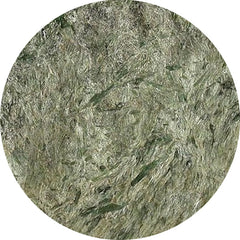 Actinolite (1)
Actinolite (1)
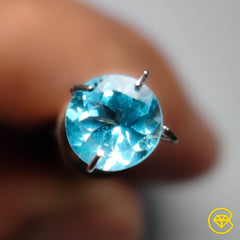 Affordable gemstones (17067)
Affordable gemstones (17067)
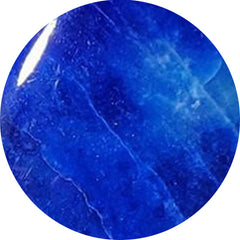 Afghanite (7)
Afghanite (7)
 Agate (2480)
Agate (2480)
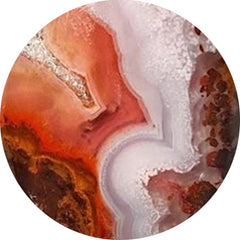 Agua nueva (11)
Agua nueva (11)
 All gemstones (1)
All gemstones (1)
 Amazonite (153)
Amazonite (153)
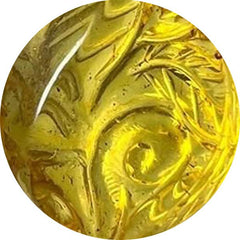 Amber (116)
Amber (116)
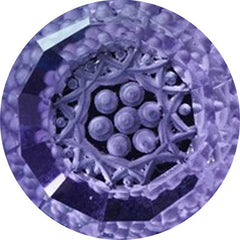 Amethyst (571)
Amethyst (571)
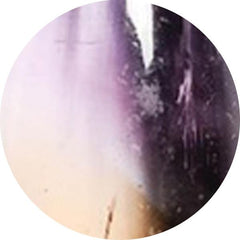 Ametrine (22)
Ametrine (22)
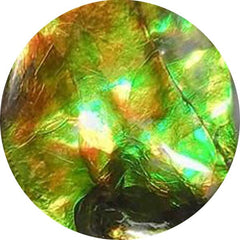 Ammolite (25)
Ammolite (25)
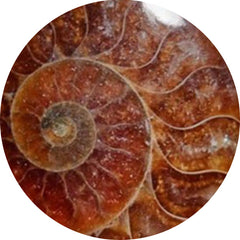 Ammonite (70)
Ammonite (70)
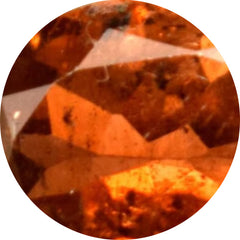 Andalusite (1)
Andalusite (1)
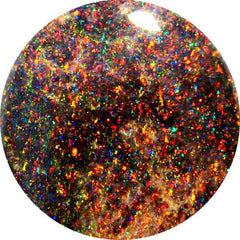 Andamooka opal (0)
Andamooka opal (0)
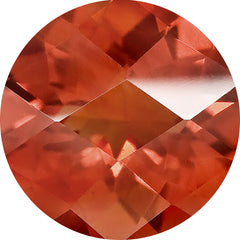 Andesine (0)
Andesine (0)
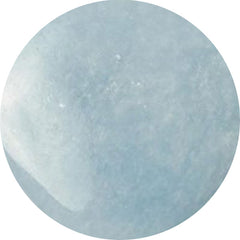 Angelite (28)
Angelite (28)
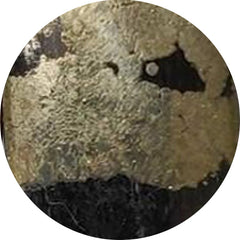 Apache gold (22)
Apache gold (22)
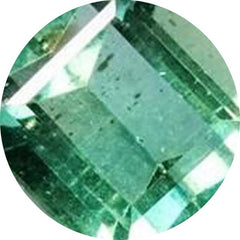 Apatite (134)
Apatite (134)
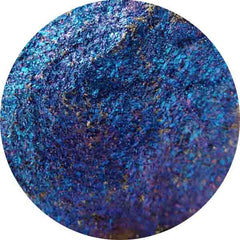 Apophyllite (1)
Apophyllite (1)
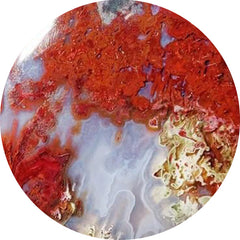 Apple valley agate (0)
Apple valley agate (0)
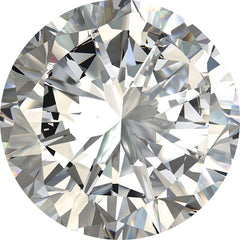 April birthstone (1844)
April birthstone (1844)
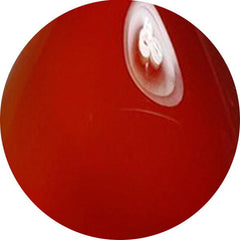 Aqeeq (0)
Aqeeq (0)
 Aqua chalcedony (18)
Aqua chalcedony (18)
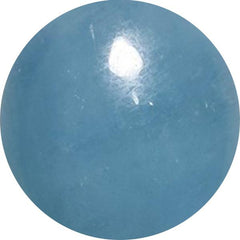 Aquamarine (77)
Aquamarine (77)
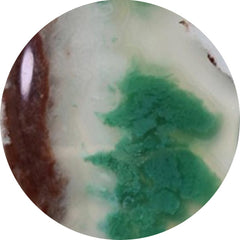 Aquaprase (64)
Aquaprase (64)
 Aragonite (16)
Aragonite (16)
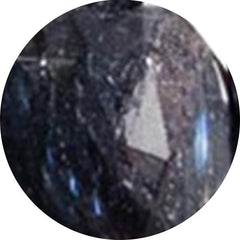 Arfvedsonite (12)
Arfvedsonite (12)
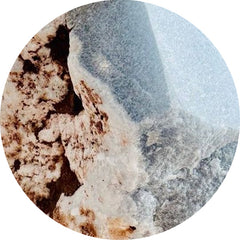 Aristolite (0)
Aristolite (0)
 Arizona turquoise (0)
Arizona turquoise (0)
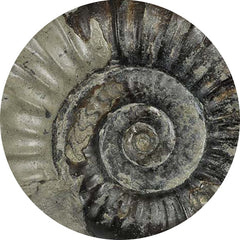 Arnioceras semicostatum fossil (0)
Arnioceras semicostatum fossil (0)
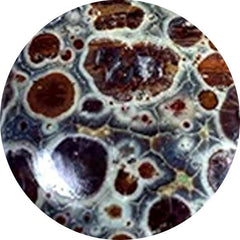 Asteroid jasper (11)
Asteroid jasper (11)
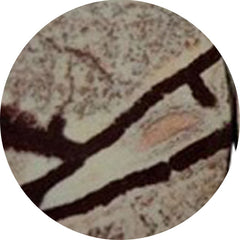 Astrophyllite (54)
Astrophyllite (54)
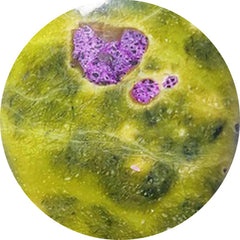 Atlantasite (87)
Atlantasite (87)
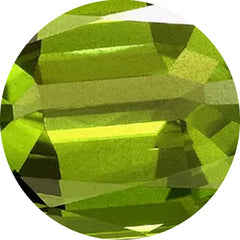 August birthstone (92)
August birthstone (92)
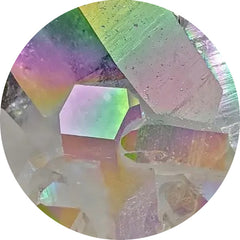 Aura quartz (0)
Aura quartz (0)
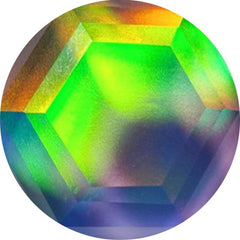 Aurora opal (314)
Aurora opal (314)
 Australian opal (19)
Australian opal (19)
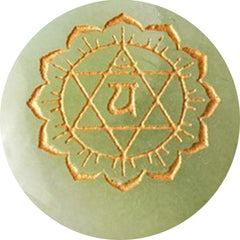 Aventurine (64)
Aventurine (64)
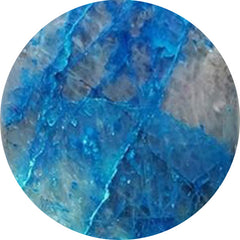 Azurite (281)
Azurite (281)
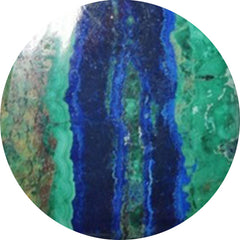 Azurite malachite (19)
Azurite malachite (19)
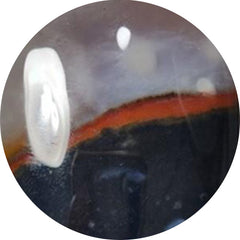 Banded agate (79)
Banded agate (79)
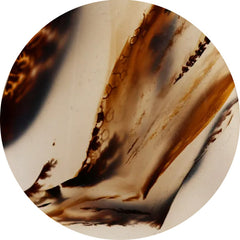 Barber agate (0)
Barber agate (0)
 Barite (13)
Barite (13)
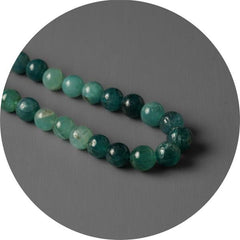 Beads (51)
Beads (51)
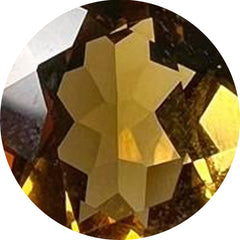 Beer quartz (23)
Beer quartz (23)
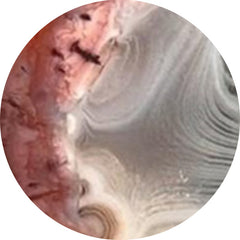 Berber agate (4)
Berber agate (4)
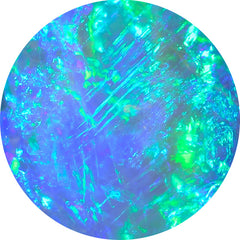 Best seller (0)
Best seller (0)
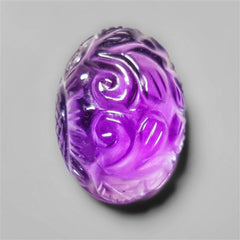 Bestsellers: a selection of our most-loved stones (448)
Bestsellers: a selection of our most-loved stones (448)
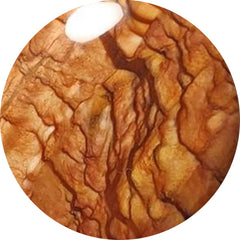 Biggs jasper (29)
Biggs jasper (29)
 Bird carving (104)
Bird carving (104)
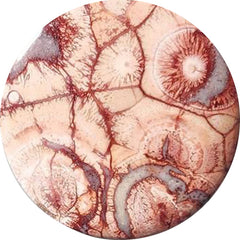 Bird eye jasper (45)
Bird eye jasper (45)
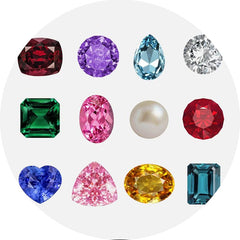 Birthstones (0)
Birthstones (0)
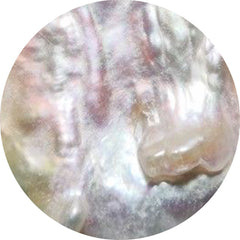 Biwa pearl (34)
Biwa pearl (34)
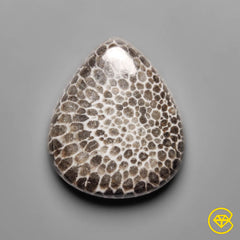 Black gemstones (943)
Black gemstones (943)
 Black onyx (180)
Black onyx (180)
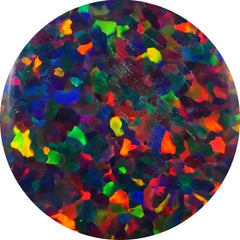 Black opal (33)
Black opal (33)
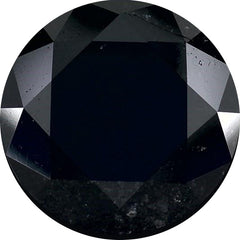 Black spinel (33)
Black spinel (33)
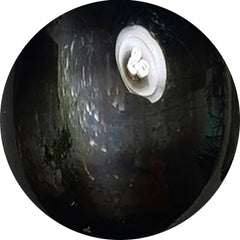 Black star (31)
Black star (31)
 Black tourmaline (77)
Black tourmaline (77)
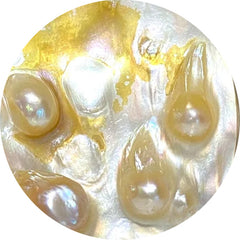 Blister pearl (30)
Blister pearl (30)
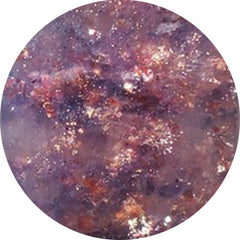 Bloodshot iolite (77)
Bloodshot iolite (77)
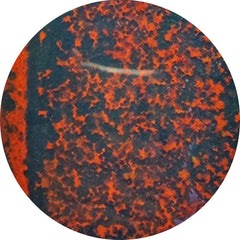 Bloodstone (66)
Bloodstone (66)
 Blue chalcedony (41)
Blue chalcedony (41)
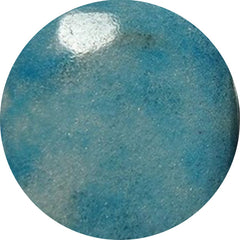 Blue diopside (0)
Blue diopside (0)
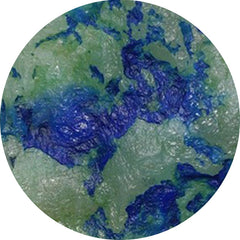 Blue horizon (15)
Blue horizon (15)
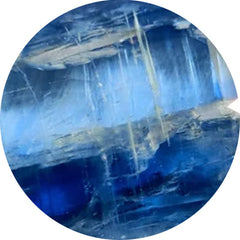 Blue kyanite (34)
Blue kyanite (34)
 Blue lace agate (256)
Blue lace agate (256)
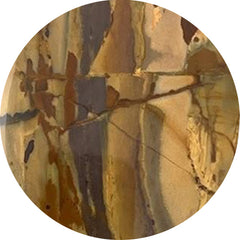 Blue mountain jasper (0)
Blue mountain jasper (0)
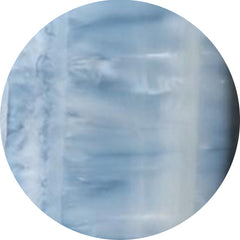 Blue opal (151)
Blue opal (151)
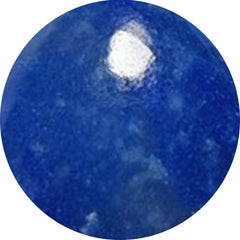 Blue quartz (40)
Blue quartz (40)
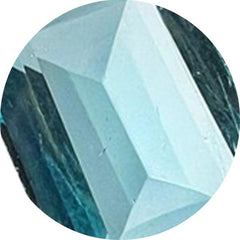 Blue topaz (49)
Blue topaz (49)
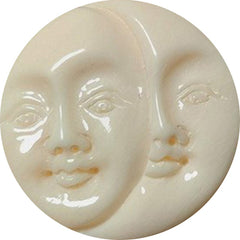 Bone (9)
Bone (9)
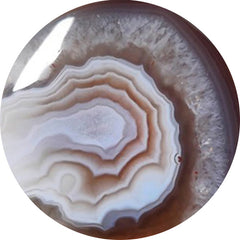 Botswana agate (244)
Botswana agate (244)
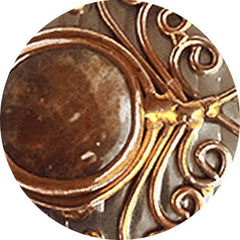 Bronze (0)
Bronze (0)
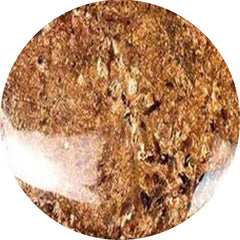 Bronzite (2)
Bronzite (2)
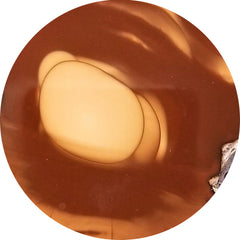 Bruneau jasper (15)
Bruneau jasper (15)
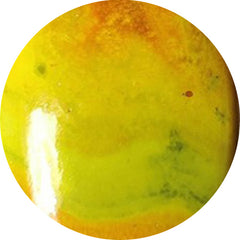 Bumble bee jasper (199)
Bumble bee jasper (199)
 Buy gemstones in usa (859)
Buy gemstones in usa (859)
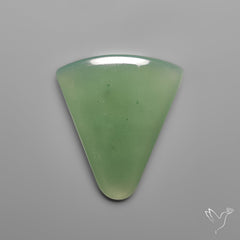 Cabochons (12761)
Cabochons (12761)
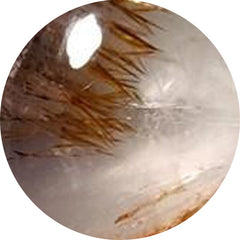 Cacoxenite (65)
Cacoxenite (65)
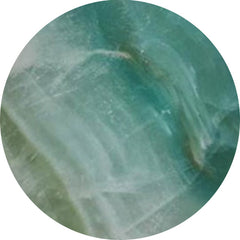 Calcite (220)
Calcite (220)
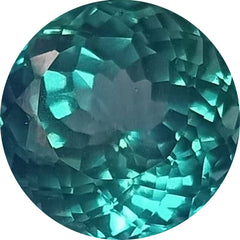 Calibrated (136)
Calibrated (136)
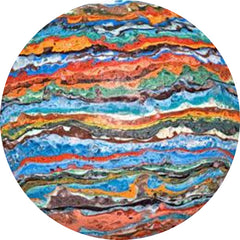 Calsilica (0)
Calsilica (0)
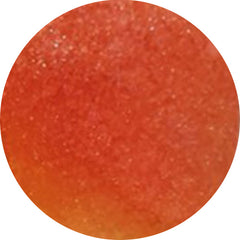 Candy corn (6)
Candy corn (6)
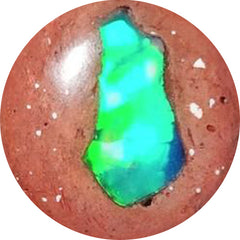 Cantera opal (18)
Cantera opal (18)
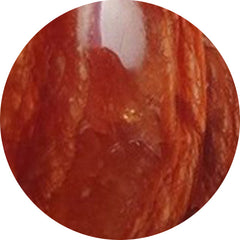 Caramel opal (2)
Caramel opal (2)
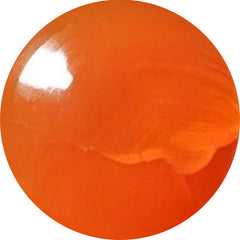 Carnelian (46)
Carnelian (46)
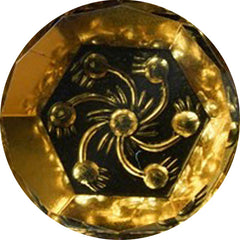 Carving (1782)
Carving (1782)
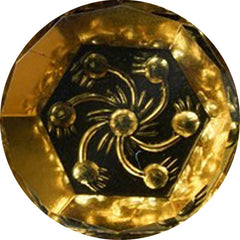 Carvings (2041)
Carvings (2041)
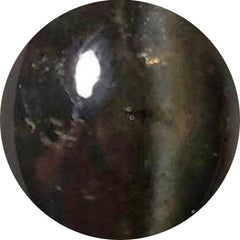 Cats eye (61)
Cats eye (61)
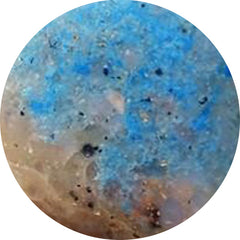 Cavansite (16)
Cavansite (16)
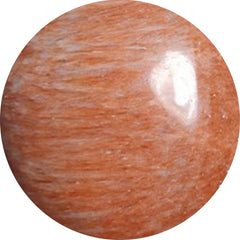 Celestobarite (7)
Celestobarite (7)
 Ceruleite (0)
Ceruleite (0)
 Chakra stone (31)
Chakra stone (31)
 Chalcedony (444)
Chalcedony (444)
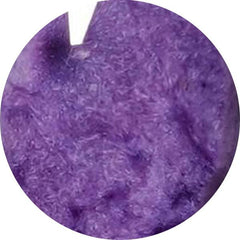 Charoite (189)
Charoite (189)
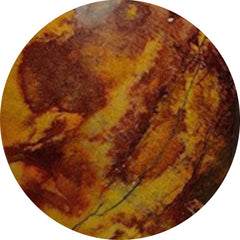 Cherry creek jasper (10)
Cherry creek jasper (10)
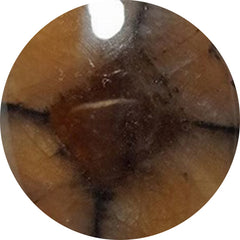 Chiastolite (16)
Chiastolite (16)
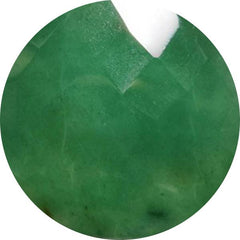 Chrome chalcedony (82)
Chrome chalcedony (82)
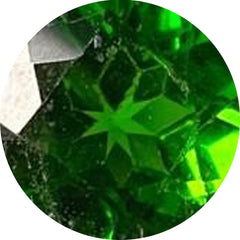 Chrome diopside (20)
Chrome diopside (20)
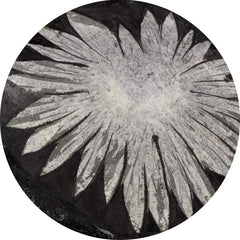 Chrysanthemum fossil (0)
Chrysanthemum fossil (0)
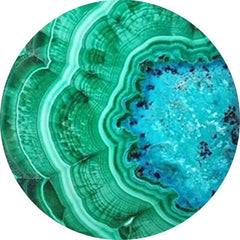 Chrysocolla (407)
Chrysocolla (407)
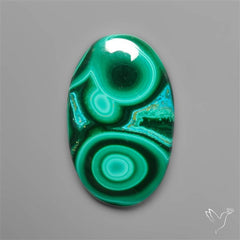 Chrysocolla malachite (76)
Chrysocolla malachite (76)
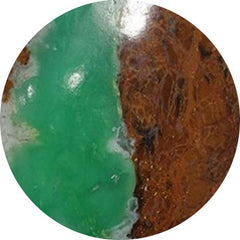 Chrysoprase (321)
Chrysoprase (321)
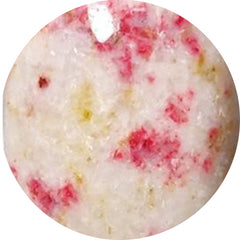 Cinnabar (14)
Cinnabar (14)
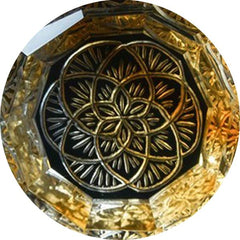 Citrine (110)
Citrine (110)
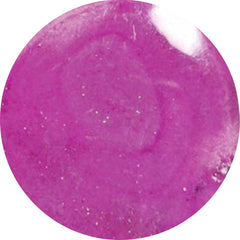 Cobalto calcite (66)
Cobalto calcite (66)
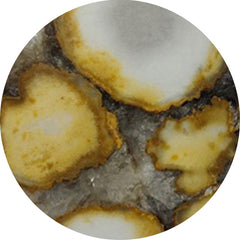 Cobra jasper (30)
Cobra jasper (30)
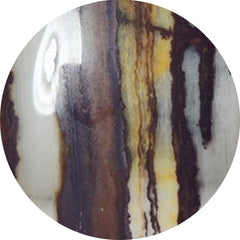 Coconut jasper (2)
Coconut jasper (2)
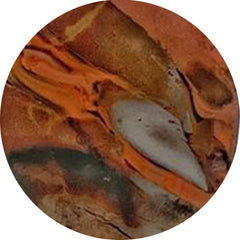 Coffee bean jasper (2)
Coffee bean jasper (2)
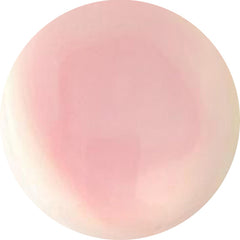 Conch shell (6)
Conch shell (6)
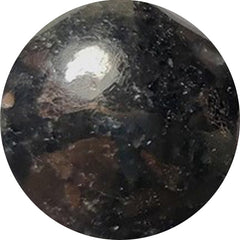 Coppernite (0)
Coppernite (0)
 Coral (352)
Coral (352)
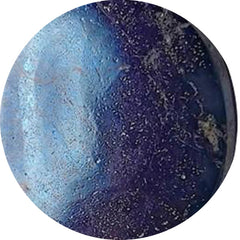 Covellite (4)
Covellite (4)
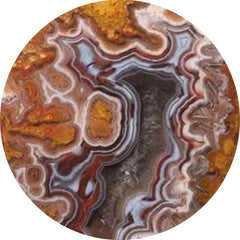 Crazy lace agate (187)
Crazy lace agate (187)
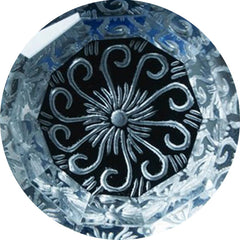 Crystal (204)
Crystal (204)
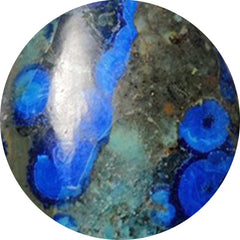 Cuprite (26)
Cuprite (26)
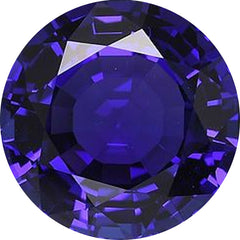 December birthstone (278)
December birthstone (278)
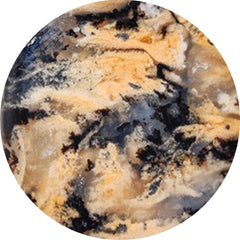 Dendritic agate (442)
Dendritic agate (442)
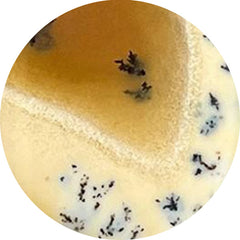 Dendritic opal (75)
Dendritic opal (75)
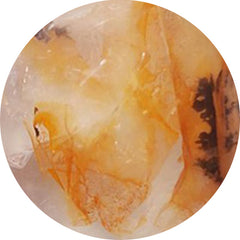 Dendritic quartz (2)
Dendritic quartz (2)
 Desert glass (9)
Desert glass (9)
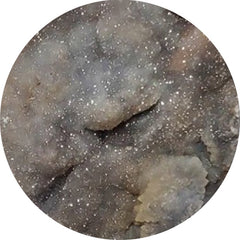 Desert jasper druzy (15)
Desert jasper druzy (15)
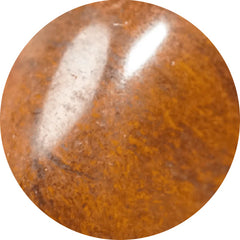 Desert sunset jasper (10)
Desert sunset jasper (10)
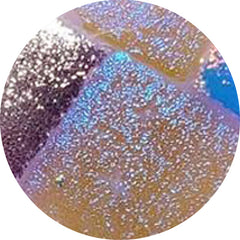 Dichroic glass (145)
Dichroic glass (145)
 Dinosaur bone fossil (3)
Dinosaur bone fossil (3)
 Diopside (54)
Diopside (54)
 Doublets (876)
Doublets (876)
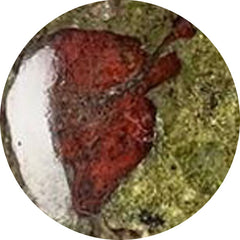 Dragonblood jasper (1)
Dragonblood jasper (1)
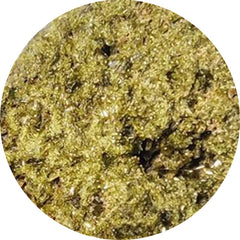 Druzy (419)
Druzy (419)
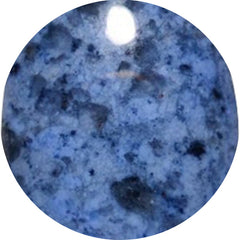 Dumortierite (60)
Dumortierite (60)
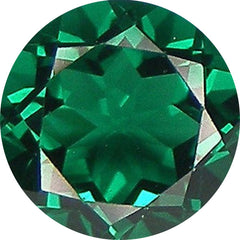 Emerald (63)
Emerald (63)
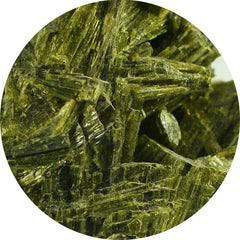 Epidote (10)
Epidote (10)
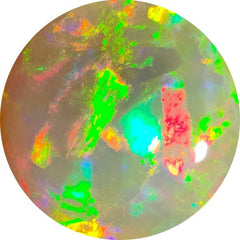 Ethiopian opal (59)
Ethiopian opal (59)
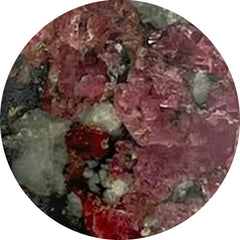 Eudialyte (11)
Eudialyte (11)
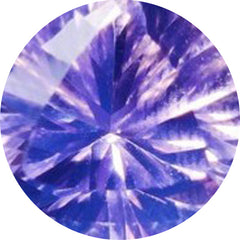 Faceted rose cut (2442)
Faceted rose cut (2442)
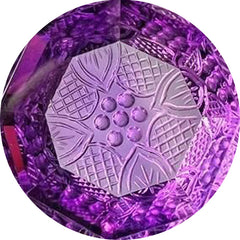 Fantasy cuts (52)
Fantasy cuts (52)
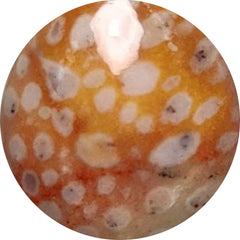 Fawn jasper (13)
Fawn jasper (13)
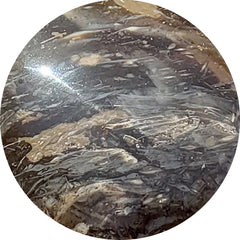 Feather agate (0)
Feather agate (0)
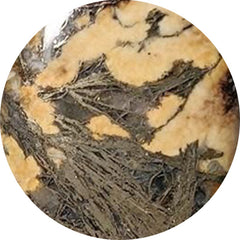 Feather pyrite (39)
Feather pyrite (39)
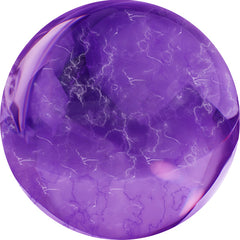 February birthstone (2845)
February birthstone (2845)
 Fine amethyst (32)
Fine amethyst (32)
 Fine ametrine (22)
Fine ametrine (22)
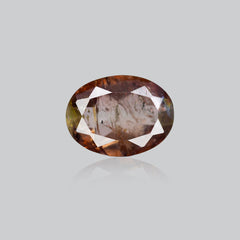 Fine andalusite (1)
Fine andalusite (1)
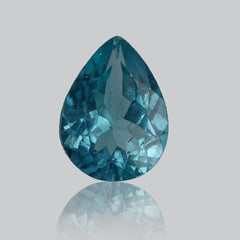 Fine apatite (5)
Fine apatite (5)
 Fine aquamarine (8)
Fine aquamarine (8)
 Fine black opal (6)
Fine black opal (6)
 Fine black spinel (14)
Fine black spinel (14)
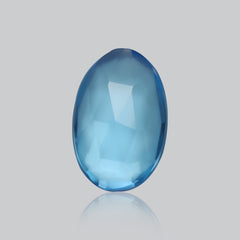 Fine blue topaz (30)
Fine blue topaz (30)
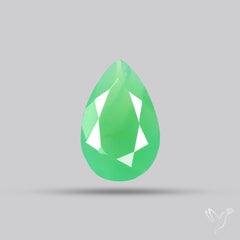 Fine chrysoprase (16)
Fine chrysoprase (16)
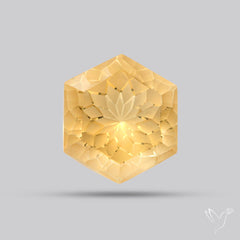 Fine citrine (24)
Fine citrine (24)
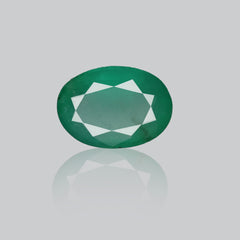 Fine emerald (11)
Fine emerald (11)
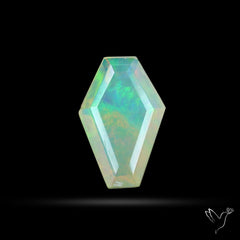 Fine ethiopian opal (18)
Fine ethiopian opal (18)
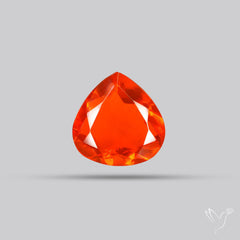 Fine fire opal (7)
Fine fire opal (7)
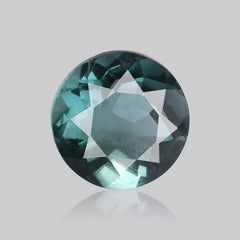 Fine fluorite (12)
Fine fluorite (12)
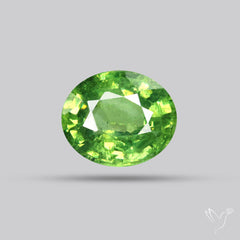 Fine garnet (37)
Fine garnet (37)
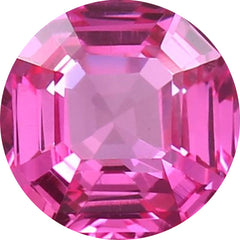 Fine gemstone (0)
Fine gemstone (0)
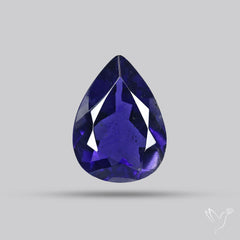 Fine iolite (31)
Fine iolite (31)
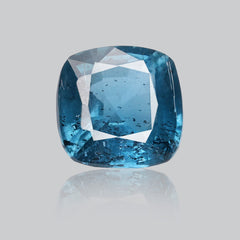 Fine kyanite (28)
Fine kyanite (28)
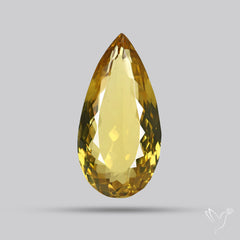 Fine lemon quartz (14)
Fine lemon quartz (14)
 Fine lepidocrocite (46)
Fine lepidocrocite (46)
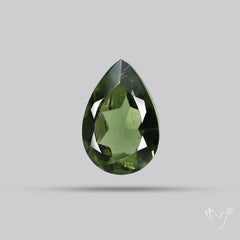 Fine moldavite (21)
Fine moldavite (21)
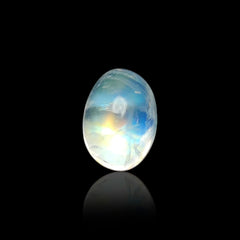 Fine moonstone (7)
Fine moonstone (7)
 Fine peridot (56)
Fine peridot (56)
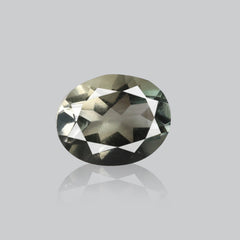 Fine prasiolite (26)
Fine prasiolite (26)
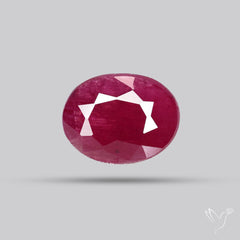 Fine ruby (15)
Fine ruby (15)
 Fine rutilated quartz (19)
Fine rutilated quartz (19)
 Fine sapphire (7)
Fine sapphire (7)
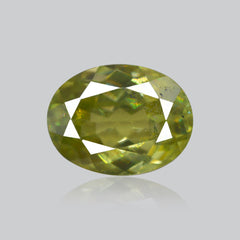 Fine sphene (17)
Fine sphene (17)
 Fine sunstone (79)
Fine sunstone (79)
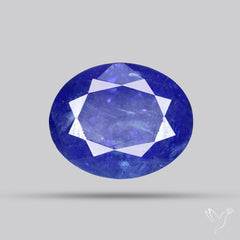 Fine tanzanite (50)
Fine tanzanite (50)
 Fine tourmaline (67)
Fine tourmaline (67)
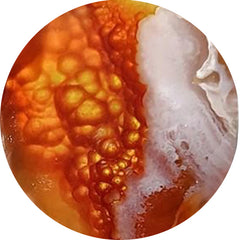 Fire agate (7)
Fire agate (7)
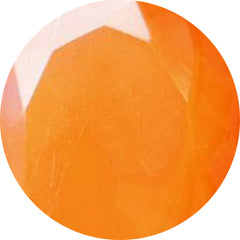 Fire opals (43)
Fire opals (43)
 Flint stone (10)
Flint stone (10)
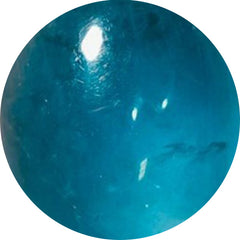 Fluorite (155)
Fluorite (155)
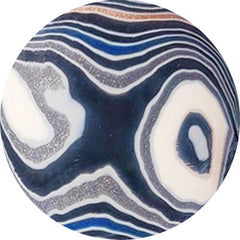 Fordite (63)
Fordite (63)
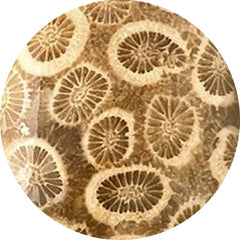 Fossil coral (320)
Fossil coral (320)
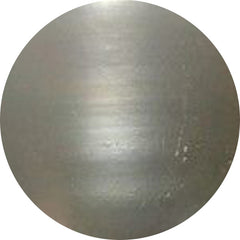 Fossil marston marble (20)
Fossil marston marble (20)
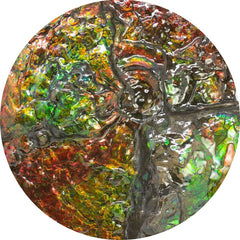 Fossils (513)
Fossils (513)
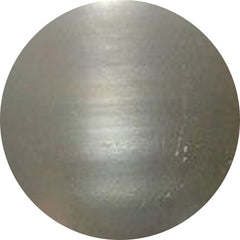 Freshwater pearl (22)
Freshwater pearl (22)
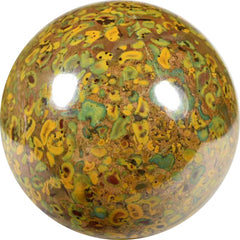 Fruit jasper (14)
Fruit jasper (14)
 Fuchsite (7)
Fuchsite (7)
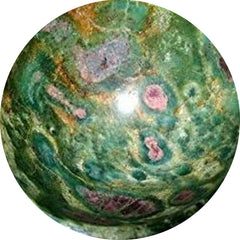 Fuschite (10)
Fuschite (10)
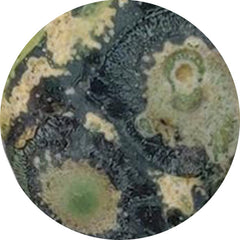 Galaxy jasper (9)
Galaxy jasper (9)
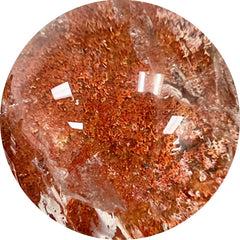 Garden quartz (6)
Garden quartz (6)
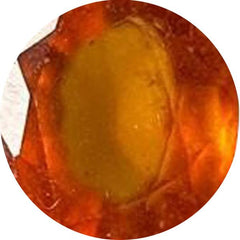 Garnet (119)
Garnet (119)
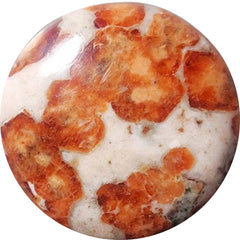 Garnet in limestone (36)
Garnet in limestone (36)
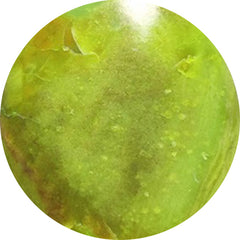 Gaspeite (12)
Gaspeite (12)
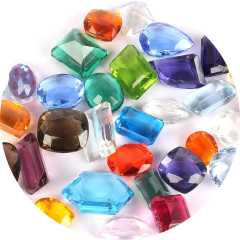 Gemstone lots (438)
Gemstone lots (438)
 Geode (32)
Geode (32)
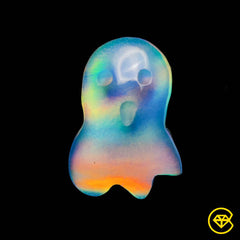 Ghost carving (57)
Ghost carving (57)
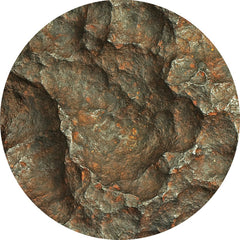 Gibeon meteorite (23)
Gibeon meteorite (23)
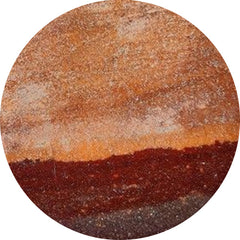 Gila monster agate (16)
Gila monster agate (16)
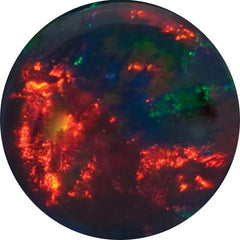 Gilson opal (22)
Gilson opal (22)
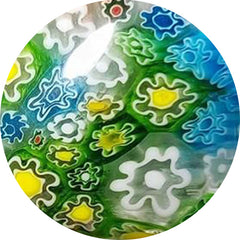 Glass (182)
Glass (182)
 Glow stone (12)
Glow stone (12)
 Goldstone (35)
Goldstone (35)
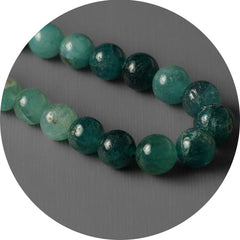 Grandidierite (7)
Grandidierite (7)
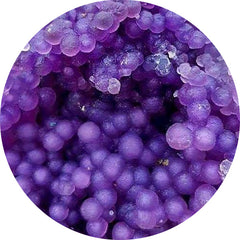 Grape agate (114)
Grape agate (114)
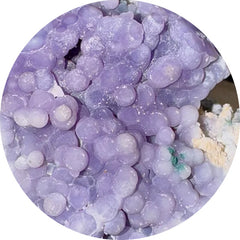 Grape chalcedony (4)
Grape chalcedony (4)
 Green gemstones (447)
Green gemstones (447)
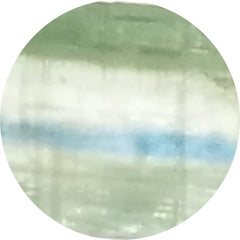 Green kyanite (7)
Green kyanite (7)
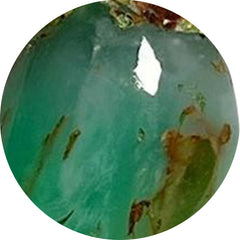 Green prase opal (8)
Green prase opal (8)
 Green tourmaline (24)
Green tourmaline (24)
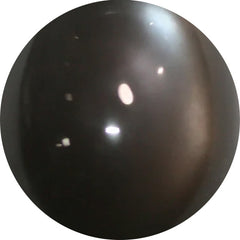 Grey moonstone (31)
Grey moonstone (31)
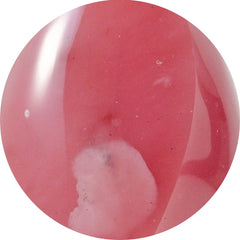 Guava quartz (9)
Guava quartz (9)
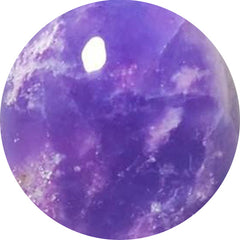 Hackmanite (11)
Hackmanite (11)
 Heart carving (350)
Heart carving (350)
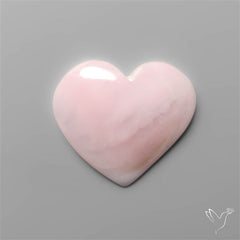 Heart shape gemstones (3)
Heart shape gemstones (3)
 Heliodor (0)
Heliodor (0)
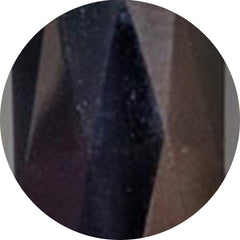 Hematite (37)
Hematite (37)
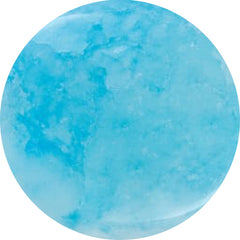 Hemimorphite (54)
Hemimorphite (54)
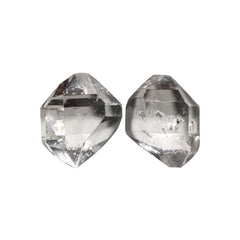 Herkimer diamond (38)
Herkimer diamond (38)
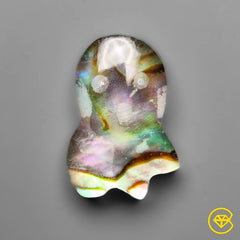 Himalayan quartz (437)
Himalayan quartz (437)
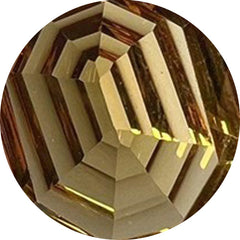 Honey quartz (19)
Honey quartz (19)
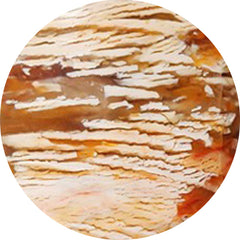 Howardite opal (29)
Howardite opal (29)
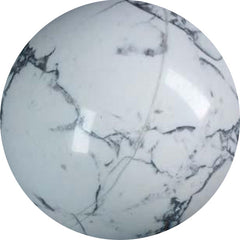 Howlite (4)
Howlite (4)
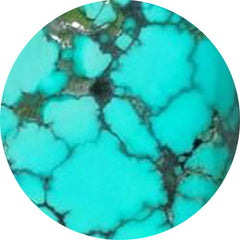 Hubei turquoise (54)
Hubei turquoise (54)
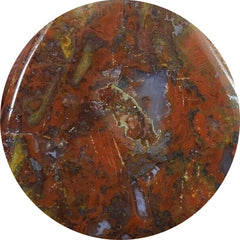 Hungarian agate (1)
Hungarian agate (1)
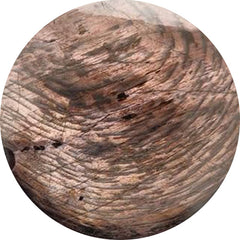 Hypersthene (42)
Hypersthene (42)
 Ice quartz (1)
Ice quartz (1)
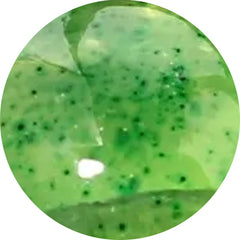 Idocrase (1)
Idocrase (1)
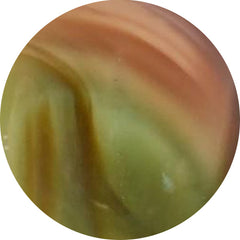 Imperial jasper (115)
Imperial jasper (115)
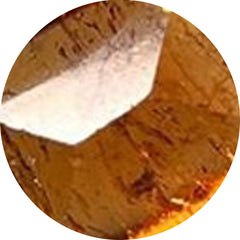 Imperial topaz (0)
Imperial topaz (0)
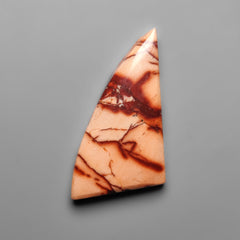 Indian paint stone (5)
Indian paint stone (5)
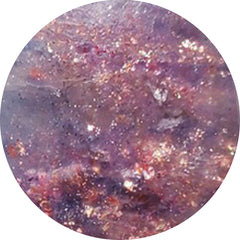 Iolite (160)
Iolite (160)
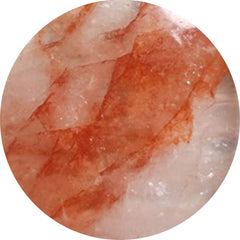 Iron quartz (48)
Iron quartz (48)
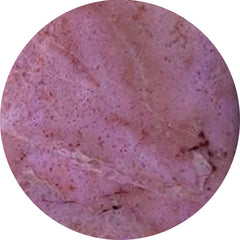 Jade (34)
Jade (34)
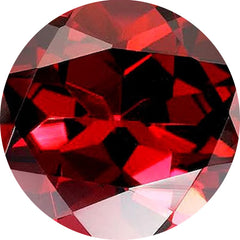 January birthstone (445)
January birthstone (445)
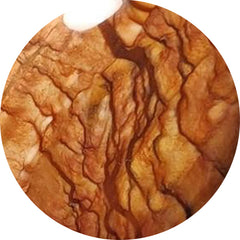 Jaspers (32)
Jaspers (32)
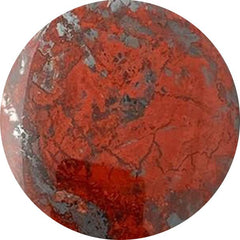 Jaspillite (3)
Jaspillite (3)
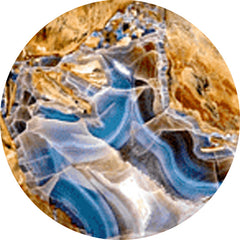 Java chalcedony (16)
Java chalcedony (16)
 July birthstone (551)
July birthstone (551)
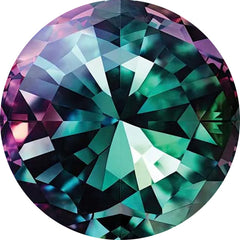 June birthstones: moonstone, pearl, and alexandrite (1055)
June birthstones: moonstone, pearl, and alexandrite (1055)
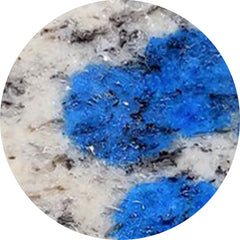 K2 jasper (7)
K2 jasper (7)
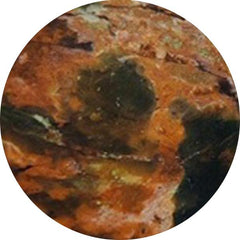 Kaleidoscope agate (0)
Kaleidoscope agate (0)
 Kammererite (103)
Kammererite (103)
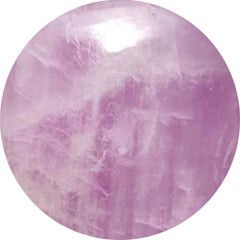 Kunzite (7)
Kunzite (7)
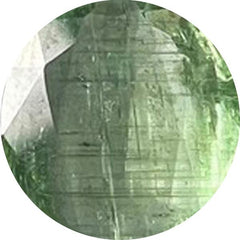 Kyanite (99)
Kyanite (99)
 Labradorite (277)
Labradorite (277)
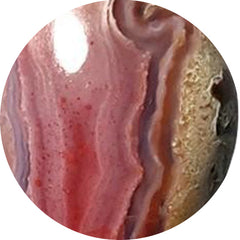 Laguna lace agate (60)
Laguna lace agate (60)
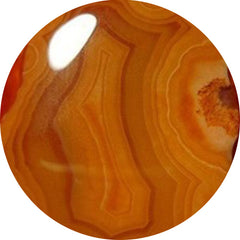 Lake superior agate (25)
Lake superior agate (25)
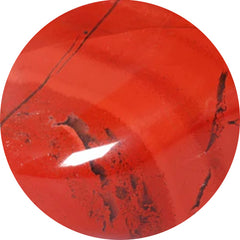 Landscape jasper (0)
Landscape jasper (0)
 Langite (0)
Langite (0)
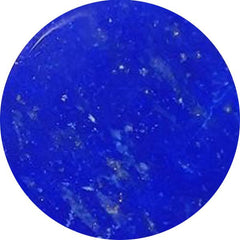 Lapis lazuli (165)
Lapis lazuli (165)
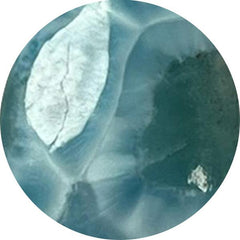 Larimar (125)
Larimar (125)
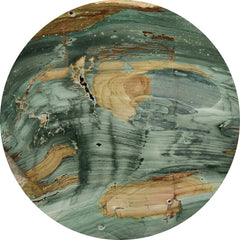 Larsonite (17)
Larsonite (17)
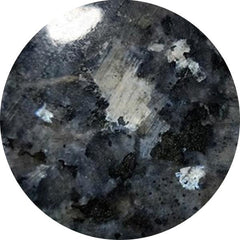 Larvikite feldspar (46)
Larvikite feldspar (46)
 Lavender chalcedony (17)
Lavender chalcedony (17)
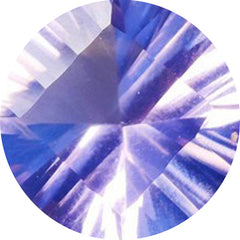 Lavender quartz (5)
Lavender quartz (5)
 Lazulite (8)
Lazulite (8)
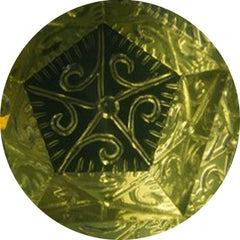 Lemon quartz (44)
Lemon quartz (44)
 Leopard skin shell (0)
Leopard skin shell (0)
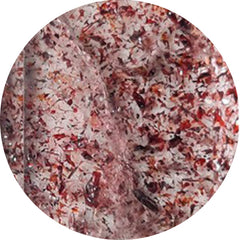 Lepidocrocite (55)
Lepidocrocite (55)
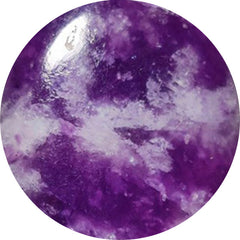 Lepidolite (82)
Lepidolite (82)
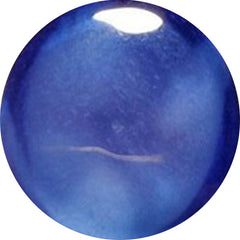 Lindy star sapphire (0)
Lindy star sapphire (0)
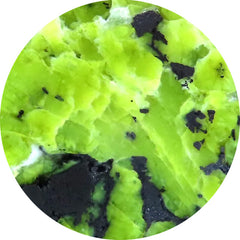 Lizardite (55)
Lizardite (55)
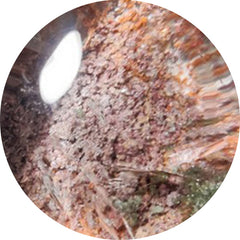 Lodolite (93)
Lodolite (93)
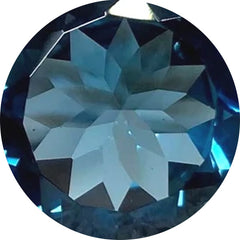 London blue topaz (10)
London blue topaz (10)
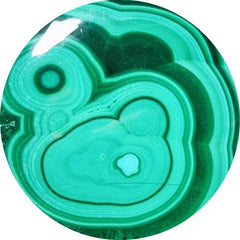 Malachite (577)
Malachite (577)
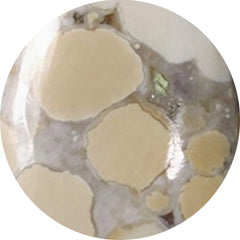 Maligano jasper (71)
Maligano jasper (71)
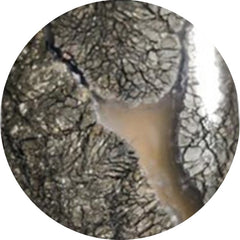 Marcasite (27)
Marcasite (27)
 March birthstone (1458)
March birthstone (1458)
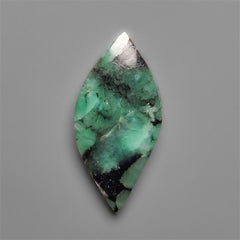 Marquise shape gemstones (5)
Marquise shape gemstones (5)
 Mary ellen jasper (0)
Mary ellen jasper (0)
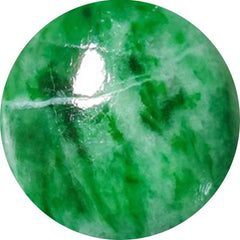 Maw sit sit (15)
Maw sit sit (15)
 May birthstone (443)
May birthstone (443)
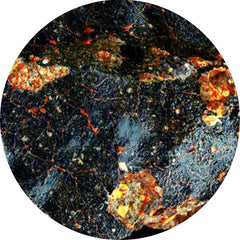 Meteorite (23)
Meteorite (23)
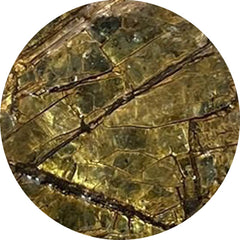 Mica (45)
Mica (45)
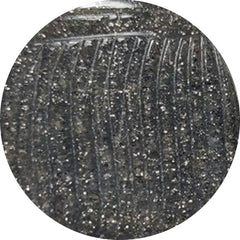 Midnight quartzite (20)
Midnight quartzite (20)
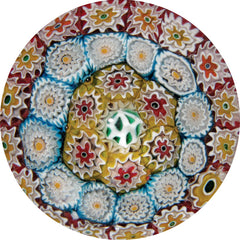 Millefiori glass (2)
Millefiori glass (2)
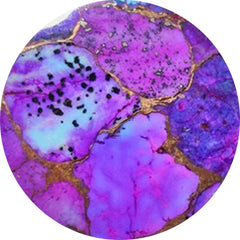 Mohave turquoise (57)
Mohave turquoise (57)
 Mohawkites (20)
Mohawkites (20)
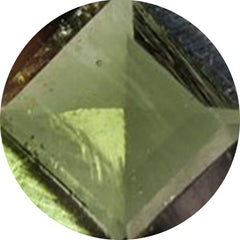 Moldavite (47)
Moldavite (47)
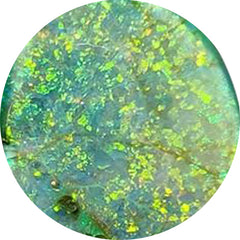 Monarch opal (29)
Monarch opal (29)
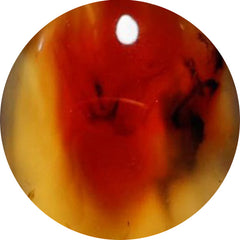 Montana agate (83)
Montana agate (83)
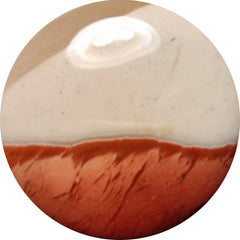 Mookaite (39)
Mookaite (39)
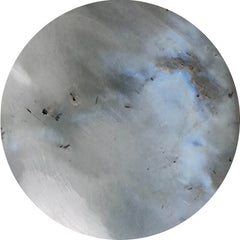 Moonstone (400)
Moonstone (400)
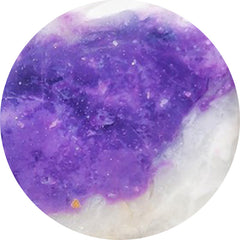 Morado opal (1)
Morado opal (1)
 Morenci turquoise (39)
Morenci turquoise (39)
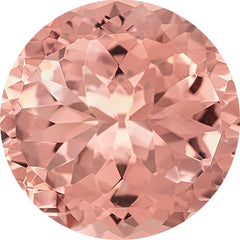 Morganite (0)
Morganite (0)
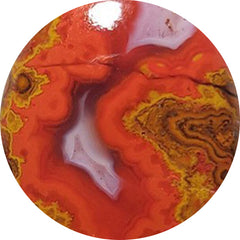 Moroccan seam agate (119)
Moroccan seam agate (119)
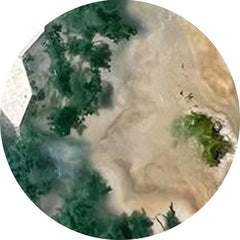 Moss agate (385)
Moss agate (385)
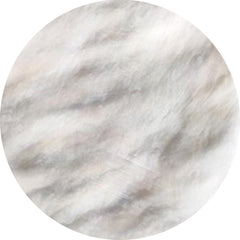 Mother of pearl (528)
Mother of pearl (528)
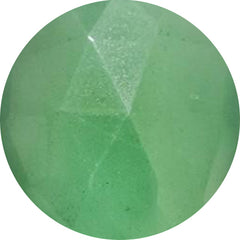 Mtorolite (46)
Mtorolite (46)
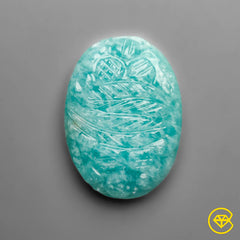 Mughal carving (477)
Mughal carving (477)
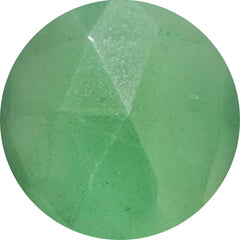 Muscovite (21)
Muscovite (21)
 Mystic quartz (1)
Mystic quartz (1)
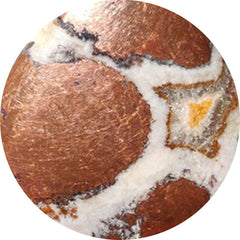 Native copper (34)
Native copper (34)
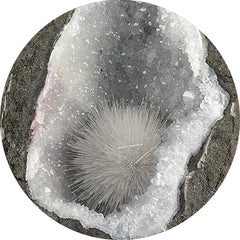 Natrolite (26)
Natrolite (26)
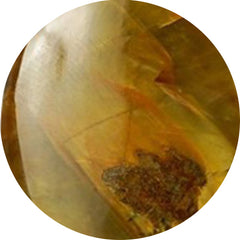 Nellite (6)
Nellite (6)
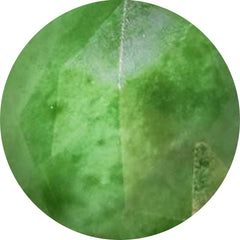 Nephrite jade (2)
Nephrite jade (2)
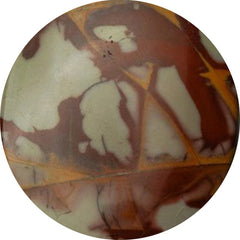 Noreena jasper (28)
Noreena jasper (28)
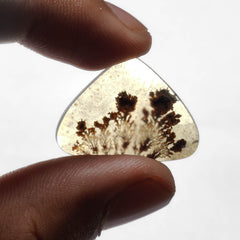 November birthstone (158)
November birthstone (158)
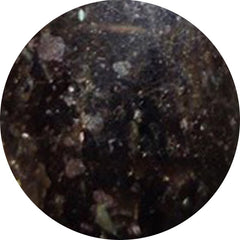 Nuummite (2)
Nuummite (2)
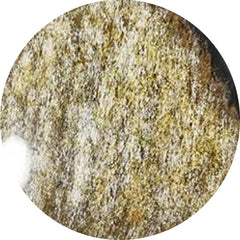 Obsidian (339)
Obsidian (339)
 Ocean jasper (253)
Ocean jasper (253)
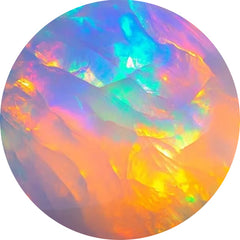 October birthstone (1312)
October birthstone (1312)
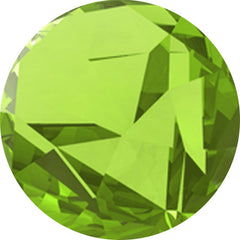 Olive quartz (5)
Olive quartz (5)
 Onyx (287)
Onyx (287)
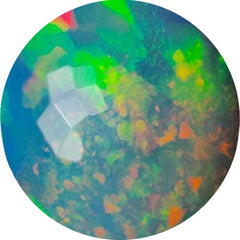 Opal (1083)
Opal (1083)
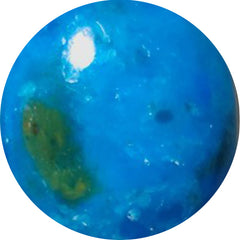 Opalina (11)
Opalina (11)
 Opalite (30)
Opalite (30)
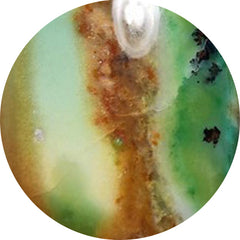 Opalwood (5)
Opalwood (5)
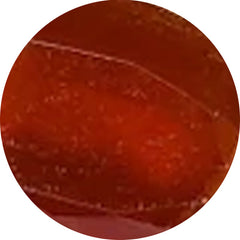 Orange kyanite (2)
Orange kyanite (2)
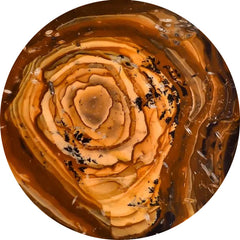 Oregon jasper (7)
Oregon jasper (7)
 Orthoceras fossil (36)
Orthoceras fossil (36)
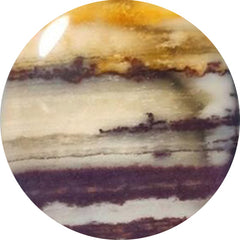 Outback jasper (5)
Outback jasper (5)
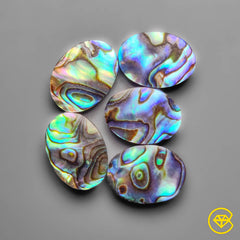 Oval shape gemstones (6)
Oval shape gemstones (6)
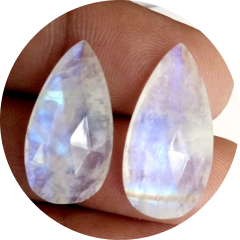 Pairs (945)
Pairs (945)
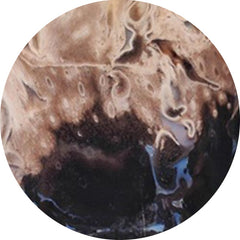 Palmroot agate (92)
Palmroot agate (92)
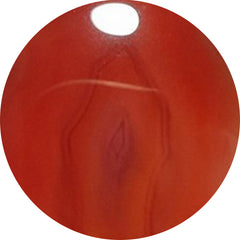 Passion agate (1)
Passion agate (1)
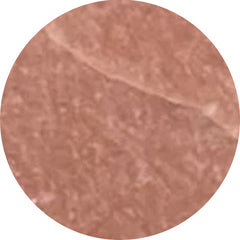 Peach moonstone (45)
Peach moonstone (45)
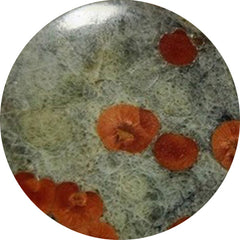 Peanut obsidian (40)
Peanut obsidian (40)
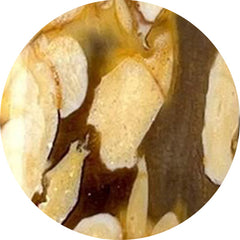 Peanut wood jasper (178)
Peanut wood jasper (178)
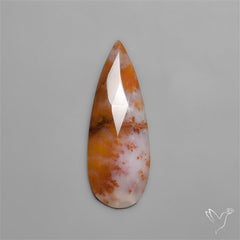 Pear shape gemstones (9)
Pear shape gemstones (9)
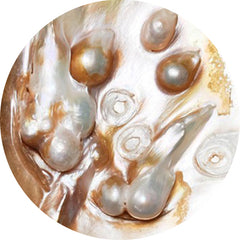 Pearl (655)
Pearl (655)
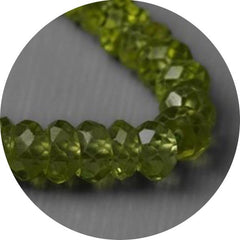 Peridot (59)
Peridot (59)
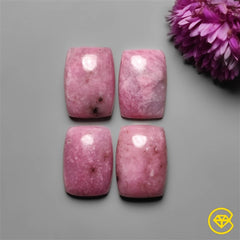 Petalite (25)
Petalite (25)
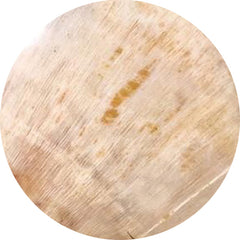 Petrified wood (55)
Petrified wood (55)
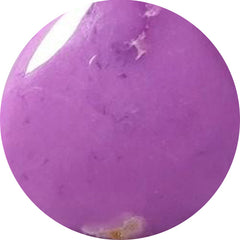 Phosphosiderite (94)
Phosphosiderite (94)
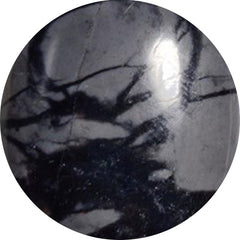 Picasso jasper (81)
Picasso jasper (81)
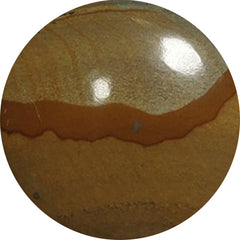 Picture jasper (81)
Picture jasper (81)
 Pietersite (47)
Pietersite (47)
 Pink gemstones (473)
Pink gemstones (473)
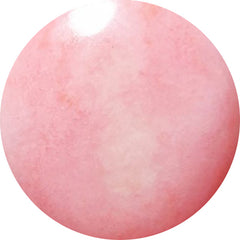 Pink opal (151)
Pink opal (151)
 Pink tourmaline (90)
Pink tourmaline (90)
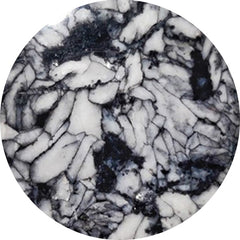 Pinolith (35)
Pinolith (35)
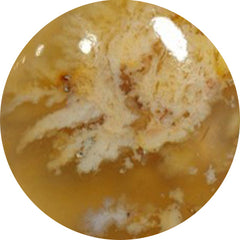 Plume agate (96)
Plume agate (96)
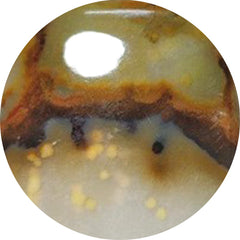 Polka dot agate (42)
Polka dot agate (42)
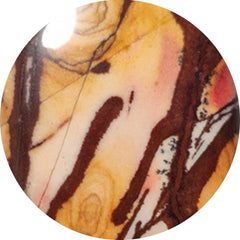 Polychrome jasper (42)
Polychrome jasper (42)
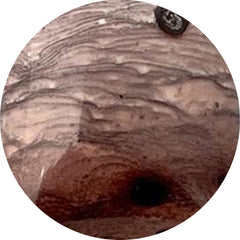 Porcelain jasper (30)
Porcelain jasper (30)
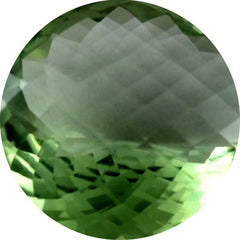 Prasiolite (45)
Prasiolite (45)
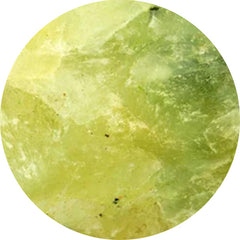 Prehnite (22)
Prehnite (22)
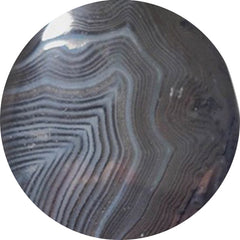 Psilomelane (23)
Psilomelane (23)
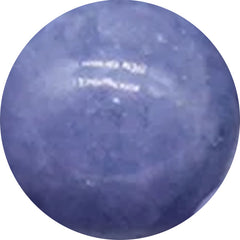 Purple chalcedony (45)
Purple chalcedony (45)
 Purple gemstones (1011)
Purple gemstones (1011)
 Purpurite (7)
Purpurite (7)
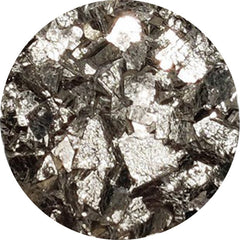 Pyrite (137)
Pyrite (137)
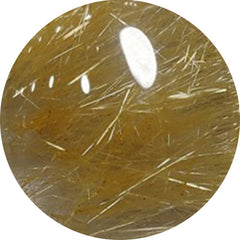 Quartz (125)
Quartz (125)
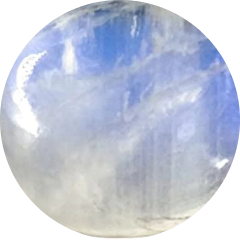 Rain moonstones (0)
Rain moonstones (0)
 Rainbow calcilica (11)
Rainbow calcilica (11)
 Rainbow moonstone (86)
Rainbow moonstone (86)
 Red coral (8)
Red coral (8)
 Red fossil (0)
Red fossil (0)
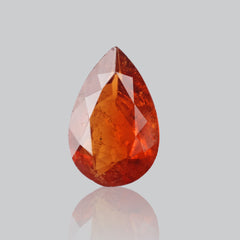 Red gemstones (364)
Red gemstones (364)
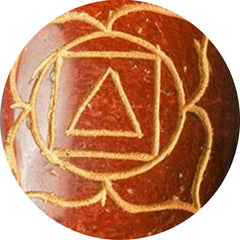 Red jasper (3)
Red jasper (3)
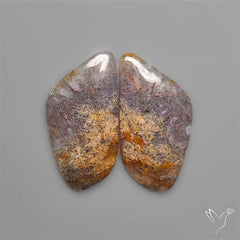 Red moss agate (76)
Red moss agate (76)
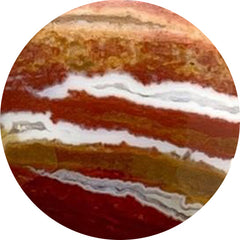 Red river jasper (16)
Red river jasper (16)
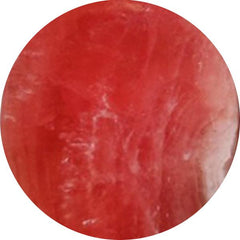 Rhodochrosite (405)
Rhodochrosite (405)
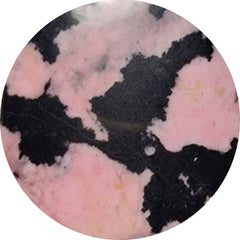 Rhodonite (81)
Rhodonite (81)
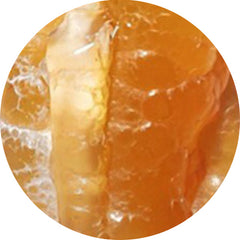 Rock chalcedony (2)
Rock chalcedony (2)
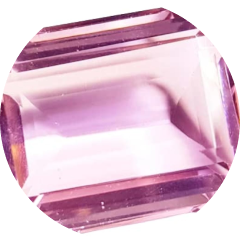 Rose cut gemstones (724)
Rose cut gemstones (724)
 Rose quartz (54)
Rose quartz (54)
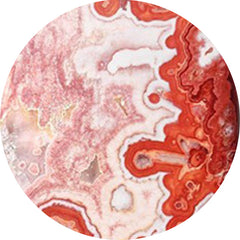 Rosita jasper (10)
Rosita jasper (10)
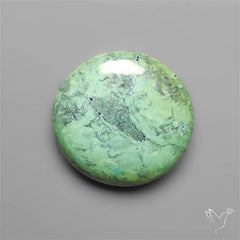 Round shape gemstones (6)
Round shape gemstones (6)
 Ruby (199)
Ruby (199)
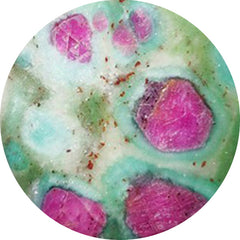 Ruby in fuchsite (6)
Ruby in fuchsite (6)
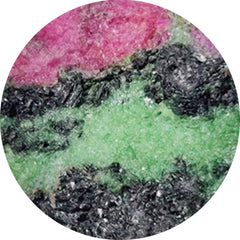 Ruby in zoisite (92)
Ruby in zoisite (92)
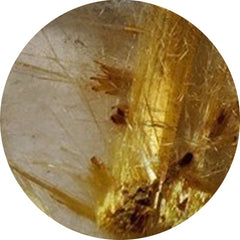 Rutilated quartz (263)
Rutilated quartz (263)
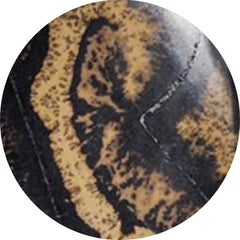 Sage brush jasper (27)
Sage brush jasper (27)
 Sand dollar fossil (3)
Sand dollar fossil (3)
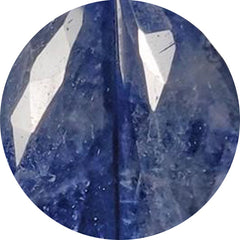 Sapphire (32)
Sapphire (32)
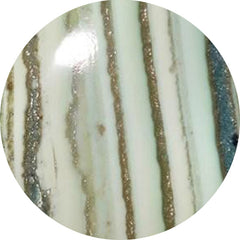 Saturn chalcedony (57)
Saturn chalcedony (57)
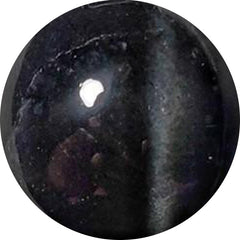 Scapolite (13)
Scapolite (13)
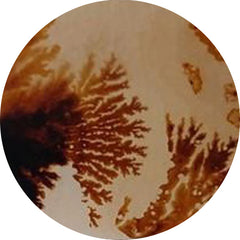 Scenic agate (99)
Scenic agate (99)
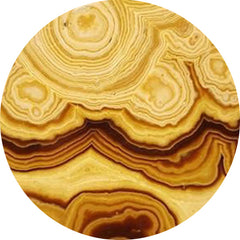 Schalenblende (88)
Schalenblende (88)
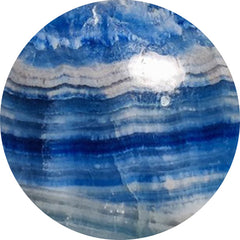 Scheelite (37)
Scheelite (37)
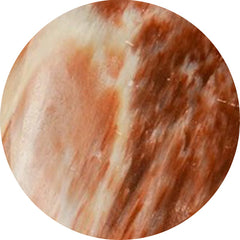 Scolecite (52)
Scolecite (52)
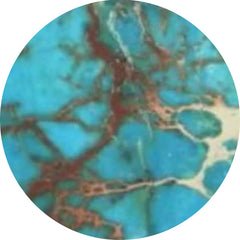 Sea sediment jasper (0)
Sea sediment jasper (0)
 Selenite (13)
Selenite (13)
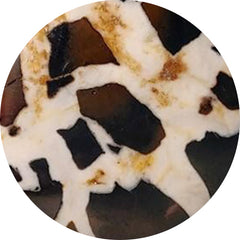 Septarian (92)
Septarian (92)
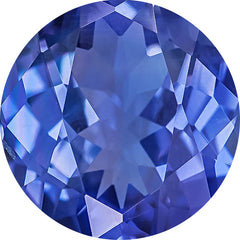 September birthstone (199)
September birthstone (199)
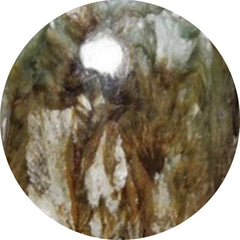 Seraphinite (81)
Seraphinite (81)
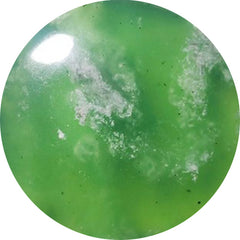 Serpentine (165)
Serpentine (165)
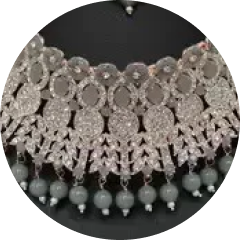 Sets (37)
Sets (37)
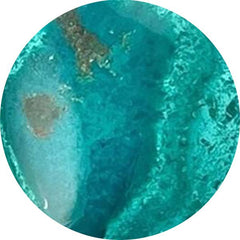 Shattuckite (278)
Shattuckite (278)
 Shell (294)
Shell (294)
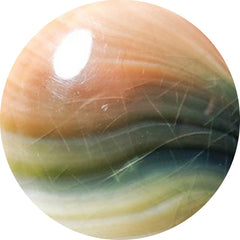 Shiva eye shell (46)
Shiva eye shell (46)
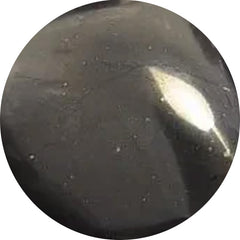 Shungite (4)
Shungite (4)
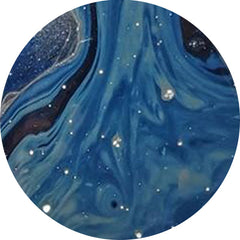 Sieber agate (0)
Sieber agate (0)
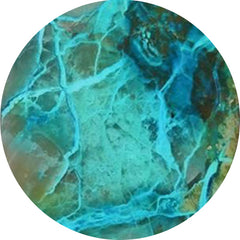 Silica (4)
Silica (4)
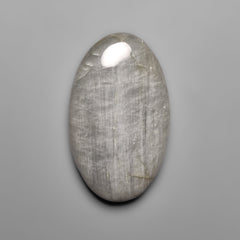 Silver leaf jasper (6)
Silver leaf jasper (6)
 Sky blue topaz (5)
Sky blue topaz (5)
 Smithsonite (29)
Smithsonite (29)
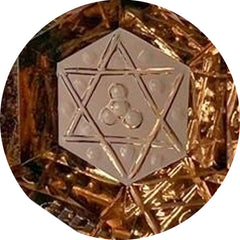 Smoky quartz (23)
Smoky quartz (23)
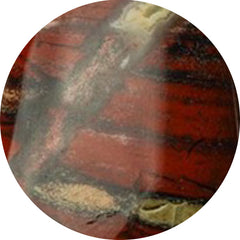 Snakeskin jasper (48)
Snakeskin jasper (48)
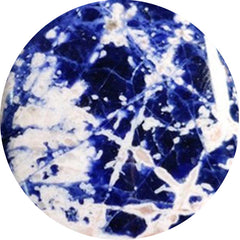 Sodalite (72)
Sodalite (72)
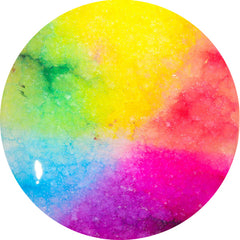 Solar agate (1)
Solar agate (1)
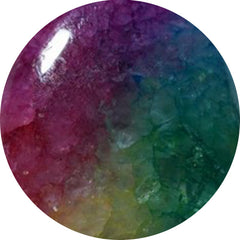 Solar quartz (51)
Solar quartz (51)
 Spectrolite (128)
Spectrolite (128)
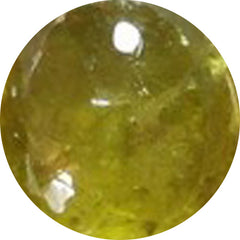 Sphence (25)
Sphence (25)
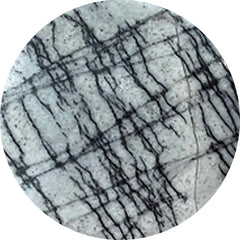 Spiderweb jasper (1)
Spiderweb jasper (1)
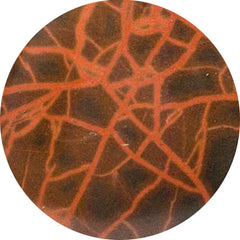 Spiderwoman jasper (0)
Spiderwoman jasper (0)
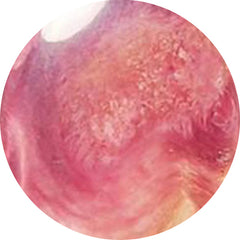 Spiny oyster shell (66)
Spiny oyster shell (66)
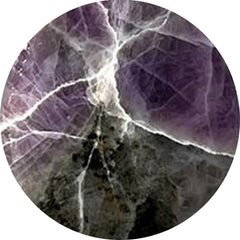 Spurrite (7)
Spurrite (7)
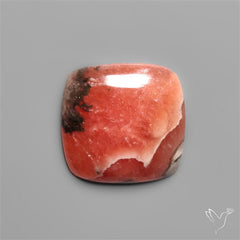 Square shape gemstones (10)
Square shape gemstones (10)
 Starburst (2)
Starburst (2)
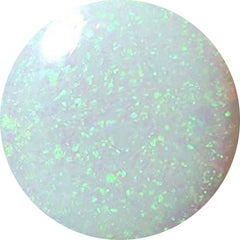 Sterling opal (11)
Sterling opal (11)
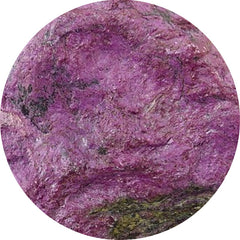 Stichtite (37)
Stichtite (37)
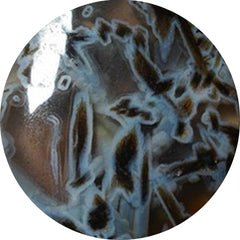 Stick agate (6)
Stick agate (6)
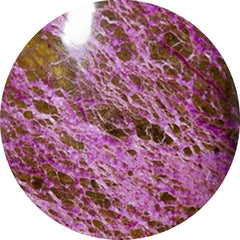 Stitchtite (121)
Stitchtite (121)
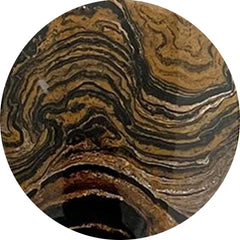 Stramatolite (0)
Stramatolite (0)
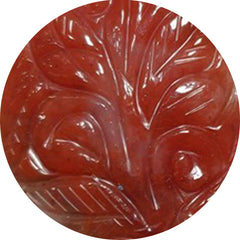 Strawberry quartz (8)
Strawberry quartz (8)
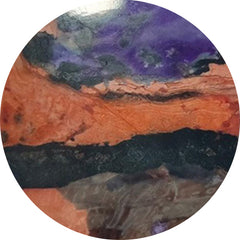 Sugilite (0)
Sugilite (0)
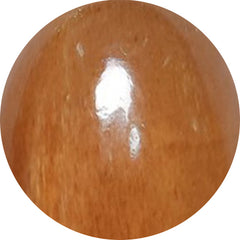 Sunstone (270)
Sunstone (270)
 Surfite (1)
Surfite (1)
 Swiss blue topaz (31)
Swiss blue topaz (31)
 Swiss opal (3)
Swiss opal (3)
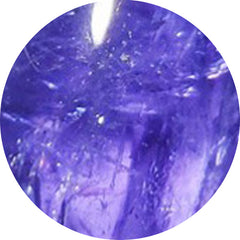 Tanzanite (51)
Tanzanite (51)
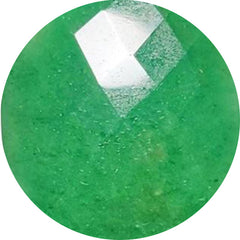 Tanzurine (12)
Tanzurine (12)
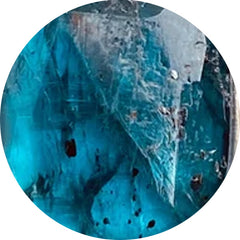 Teal kyanite (9)
Teal kyanite (9)
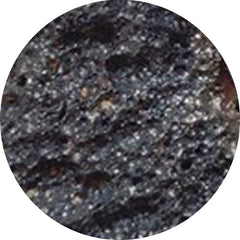 Tektite (42)
Tektite (42)
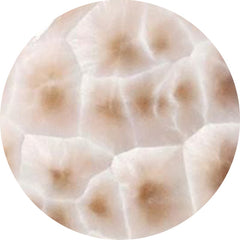 Thomsonite (35)
Thomsonite (35)
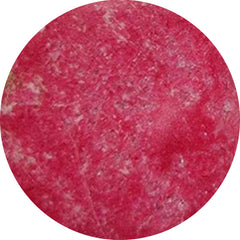 Thulite (80)
Thulite (80)
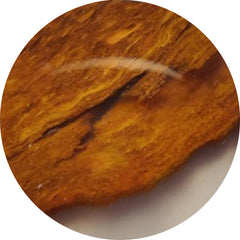 Thunder egg agate (0)
Thunder egg agate (0)
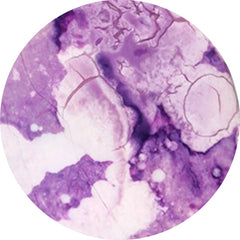 Tiffany stone (6)
Tiffany stone (6)
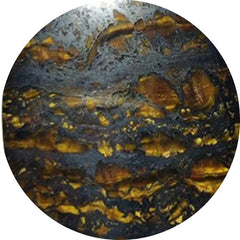 Tiger eye (66)
Tiger eye (66)
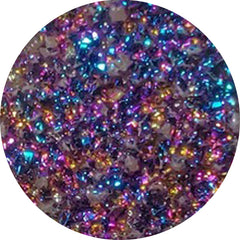 Titanium druzy (5)
Titanium druzy (5)
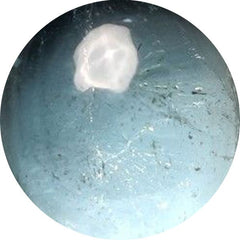 Topaz (49)
Topaz (49)
 Tourmaline (242)
Tourmaline (242)
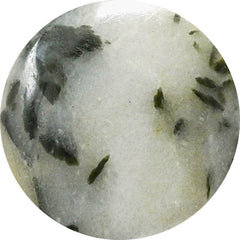 Tourmaline in quartz (86)
Tourmaline in quartz (86)
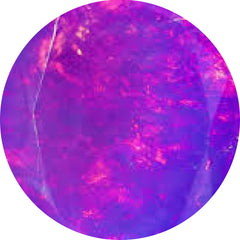 Treated opal (35)
Treated opal (35)
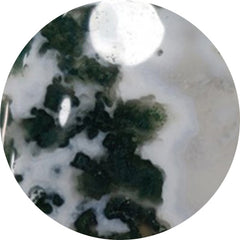 Tree agate (31)
Tree agate (31)
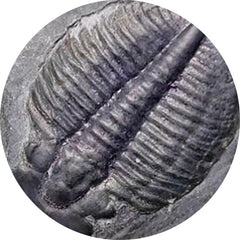 Trilobite fossil (18)
Trilobite fossil (18)
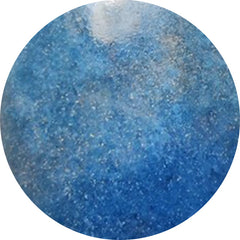 Trolleite quartz (30)
Trolleite quartz (30)
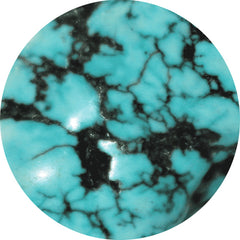 Tumbles (1)
Tumbles (1)
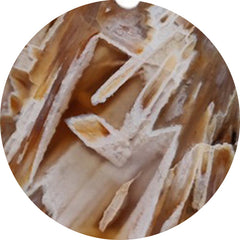 Turkish tube agate (63)
Turkish tube agate (63)
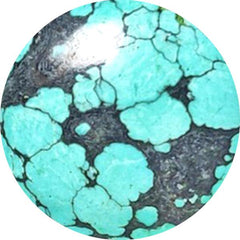 Turquoise (229)
Turquoise (229)
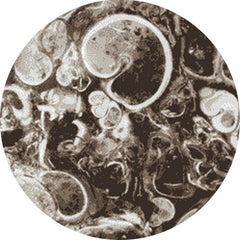 Turritella jasper (3)
Turritella jasper (3)
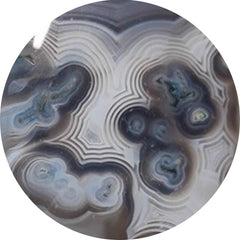 Tuxedo agate (64)
Tuxedo agate (64)
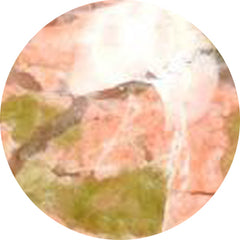 Unakite (3)
Unakite (3)
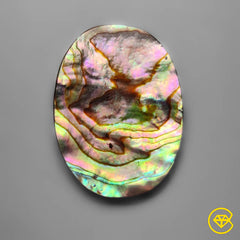 Under $10 (4058)
Under $10 (4058)
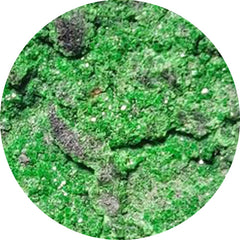 Uvarovite garnet (3)
Uvarovite garnet (3)
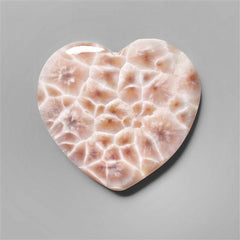 Valentine (802)
Valentine (802)
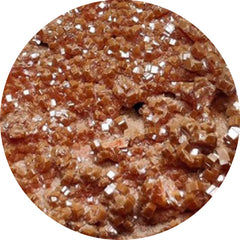 Vanadinite druzy (9)
Vanadinite druzy (9)
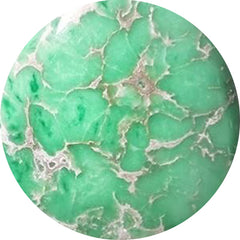 Variscite (137)
Variscite (137)
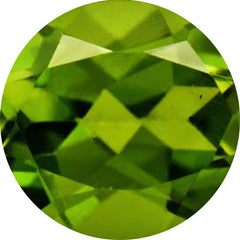 Vesuvianite (1)
Vesuvianite (1)
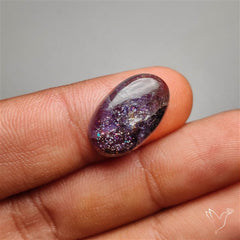 Video collection (265)
Video collection (265)
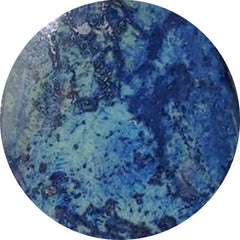 Vivianite (1)
Vivianite (1)
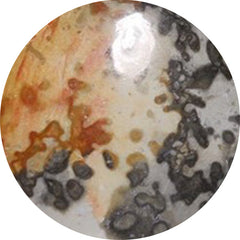 Volcanic cotham marble (7)
Volcanic cotham marble (7)
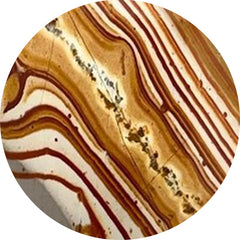 Wagul jasper (3)
Wagul jasper (3)
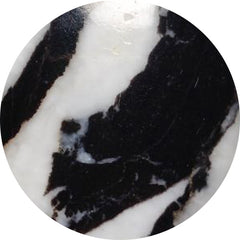 White buffalo turquoise (14)
White buffalo turquoise (14)
 White gemstones (1211)
White gemstones (1211)
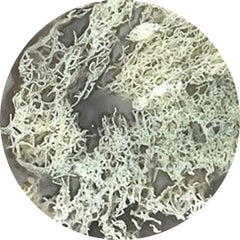 White horse canyon (45)
White horse canyon (45)
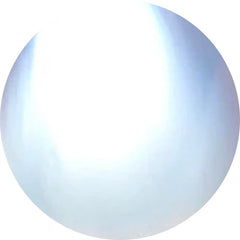 White moonstone (35)
White moonstone (35)
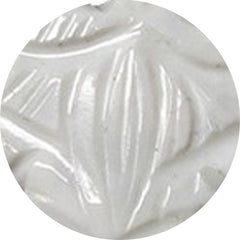 White opal (11)
White opal (11)
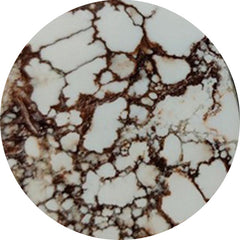 Wild horse jasper (116)
Wild horse jasper (116)
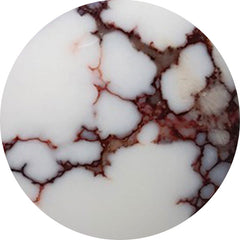 Wild horse magnesite (49)
Wild horse magnesite (49)
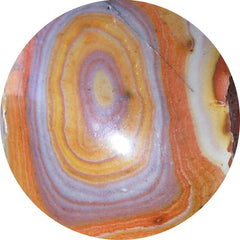 Wonder stone (0)
Wonder stone (0)
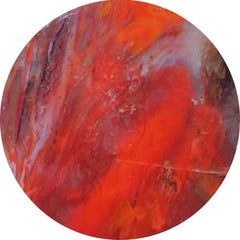 Wood (208)
Wood (208)
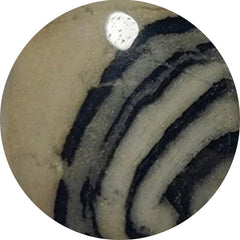 Yavapai travertine (0)
Yavapai travertine (0)
 Yellow gemstones (172)
Yellow gemstones (172)
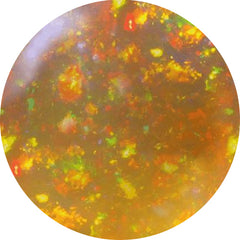 Yellow opal (7)
Yellow opal (7)
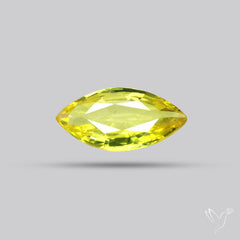 Yellow sapphire (6)
Yellow sapphire (6)
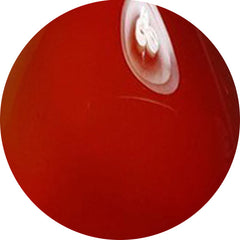 Yemeni aqeeq (0)
Yemeni aqeeq (0)
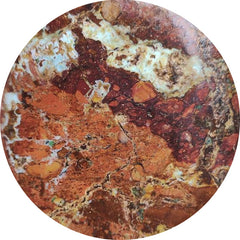 Zarinite (0)
Zarinite (0)
 Zebra jasper (1)
Zebra jasper (1)
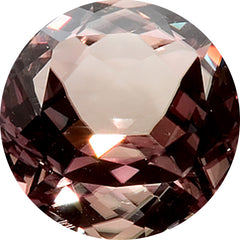 Zultanite (4)
Zultanite (4)




























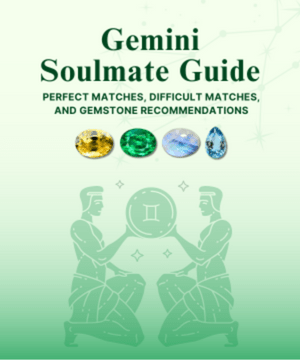
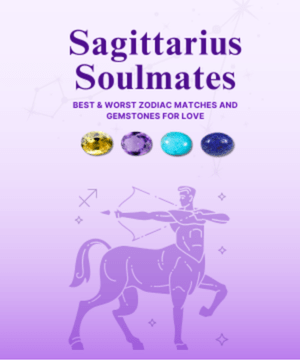

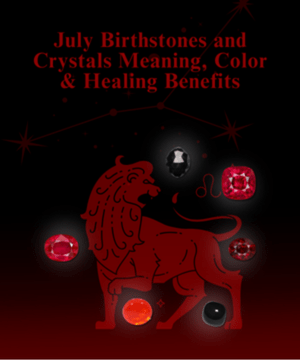
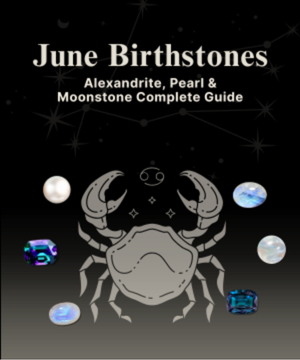


Leave a Comment